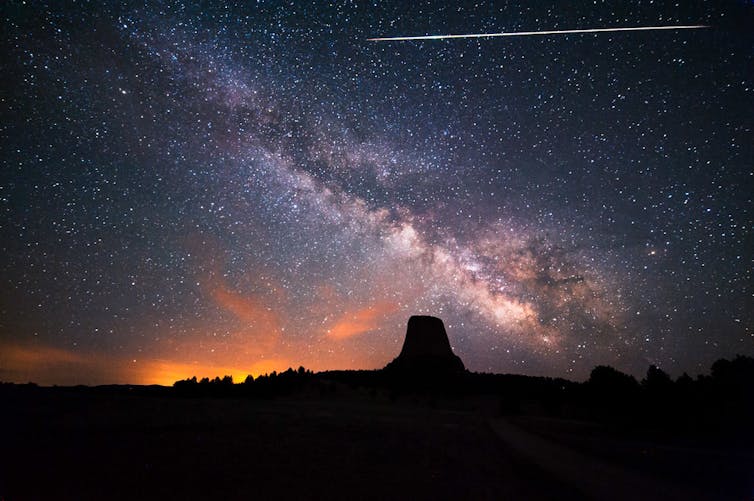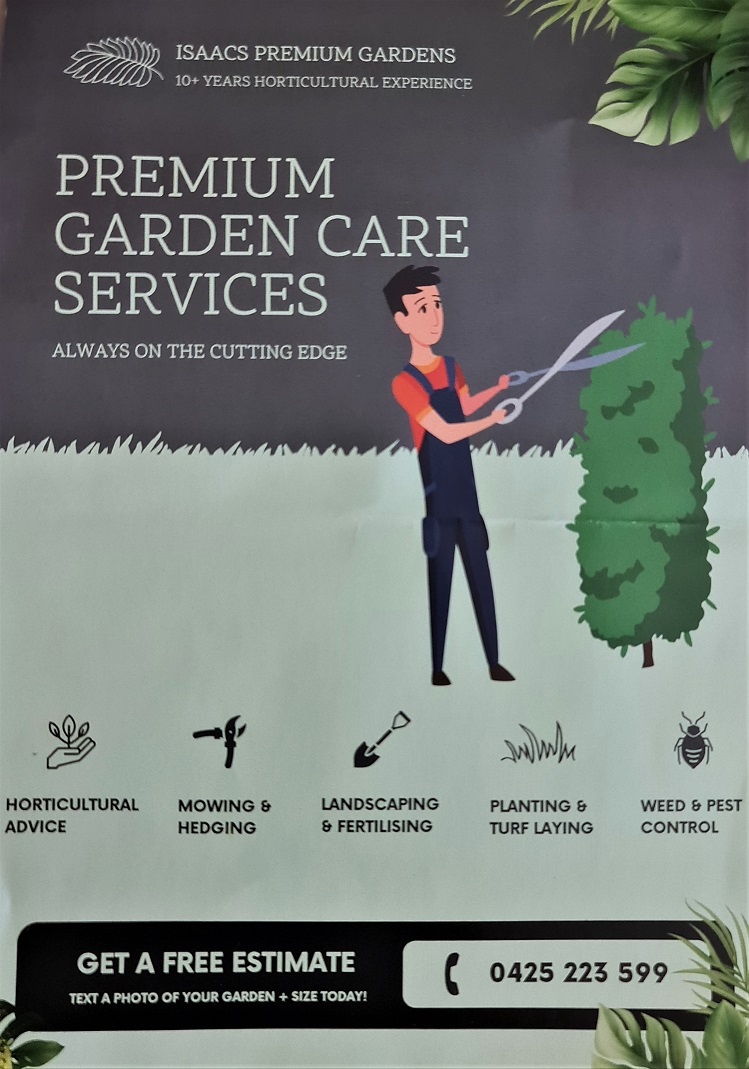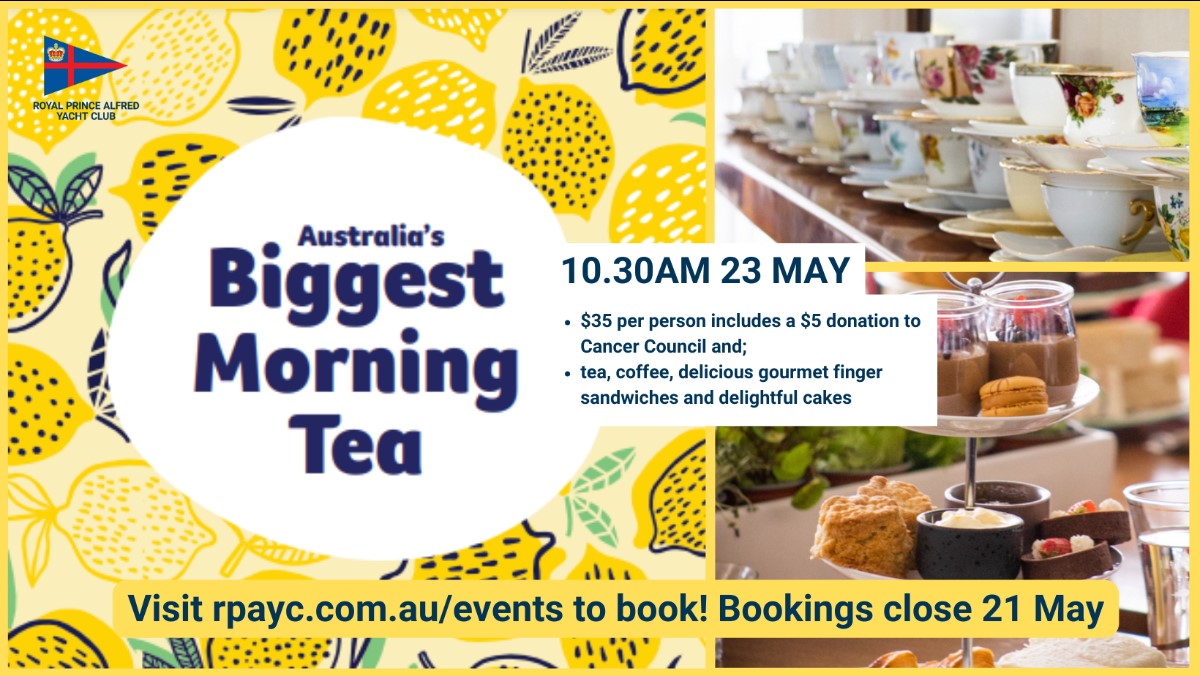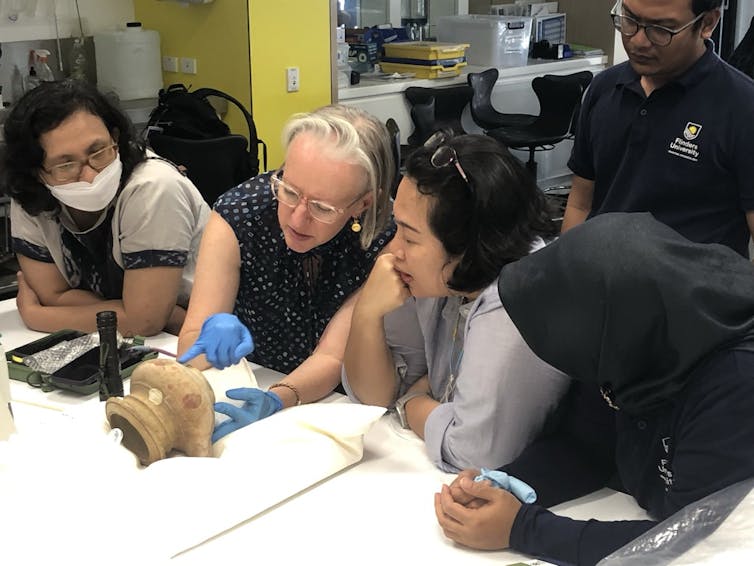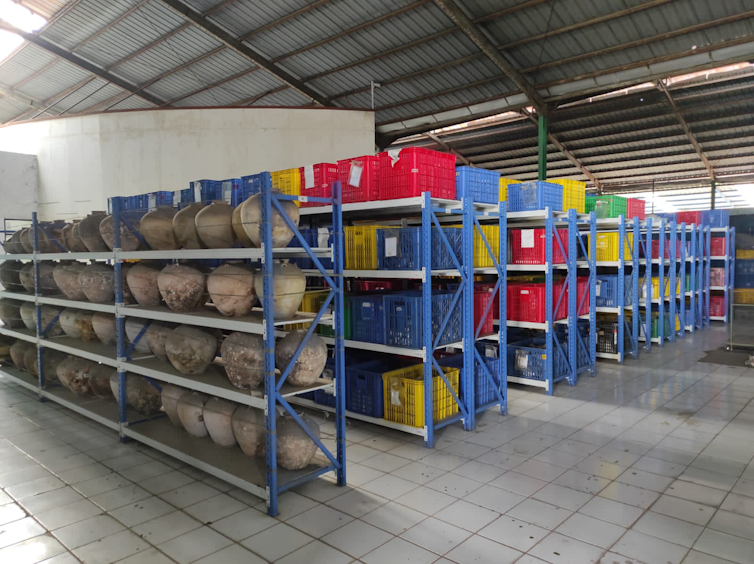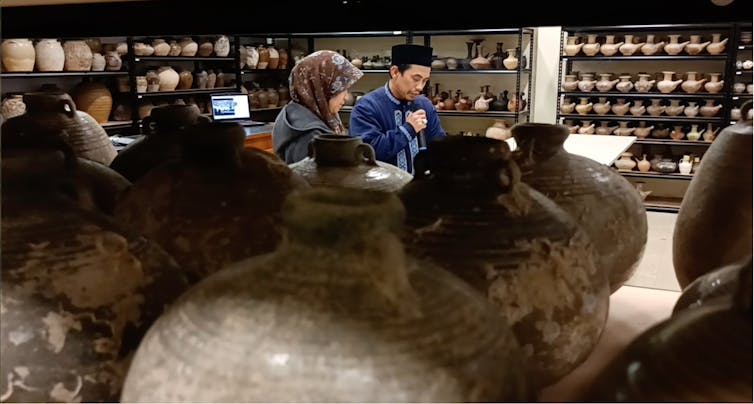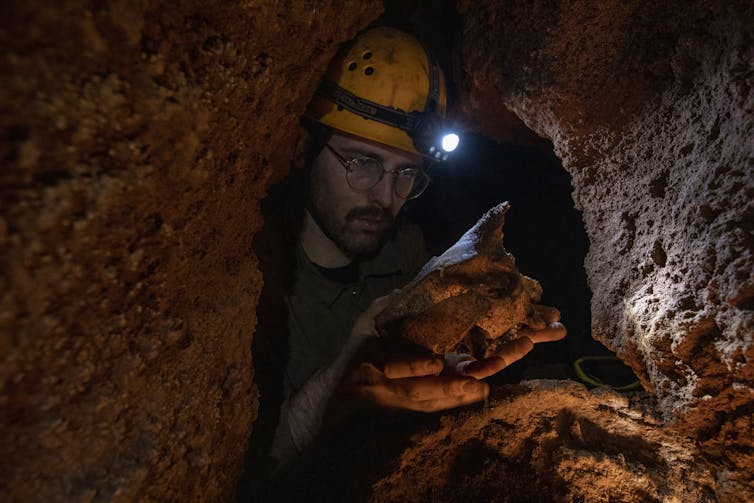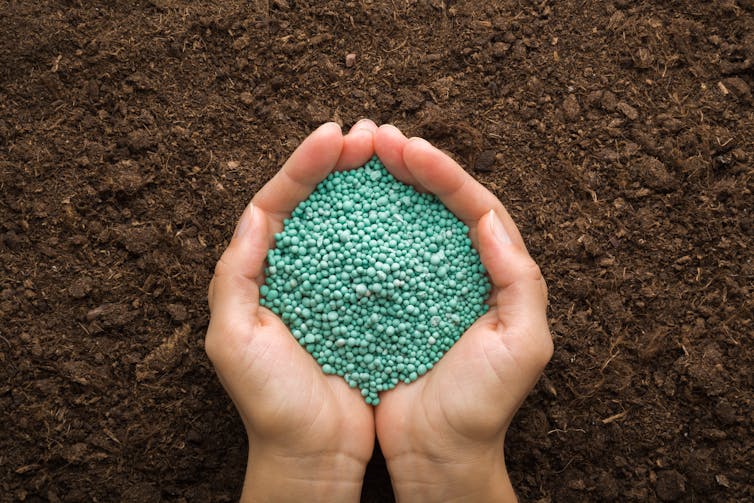The hall used by 1st Bayview Group, which has been running continuously for almost 62 years in this same location, was first built through the work of Cedric Moreton Williams as a clubhouse for the then Pittwater Aquatic Club. The Williams family have done a lot for Pittwater throughout successive generations, including asking Sir Granville de Laune Ryrie (1865-1937), grazier, politician and soldier, to officially dedicate the Mona Vale Village Park War Memorial.
SCULLING. PITTWATER CLUB. LIGHTWEIGHT TITLES
At the last meeting of the New South Wales ...Sculling League. Cedric Williams Pittwater, handed in the titles he held of lightweight champion sculler and lightweight Gladstone skiff champion of New South Wales. Williams has been the outstanding lightweight sculler in the state for quite a few years and his retirement from the lightweight division should create greater Interest in these championships. SCULLING. (1935, April 9). The Sydney Morning Herald (NSW : 1842 - 1954), p. 17. Retrieved from http://nla.gov.au/nla.news-article17164544
He didn't stop rowing in local events though or organising for things to get better by affiliating the club with NSW Rowing Association and securing coach as well as funds from then Warringah Shire Council towards a clubhouse:
PITTWATER CLUB'S REGATTA
The Pittwater Aquatic Club’s first regatta under the control of the New South Wales Rowing Association will be held at Bayview on Monday. The club is now affiliated and for Its first main series will enter crews In four oar and sculling races only. It has secured Mr F Ballan as coach. He is an ex member of Drummoyne Rowing Club. The first crew heavyweight maiden fours comprised of the club’s scullers N Fox V Fox A Fryer and C Williams. The second crew are men from Deewhy F Moore J Trim R Bonser and M Moore.
The racing will start at 10 am when heats of the sculling races will be held and the main racing at 3 p m The club has recently purchased two eight-oar boats and will commence training for senior events early in the new year. A new club-house is being erected at Bayview. ROWING. (1936, October 3). The Sydney Morning Herald(NSW : 1842 - 1954), p. 21. Retrieved fromhttp://nla.gov.au/nla.news-article17286978
The official opening took place on Monday 4th of October 1937 and was conducted by Pittwater Aquatic Club Patron Sir Clifton Love, manufacturer and businessman, who also spent Christmas Holidays in Pittwater aboard his luxury cruiser, Spindrift.

Pittwater Aquatic Club opening - C M Williams' son Cedric Vincent Williams' photo
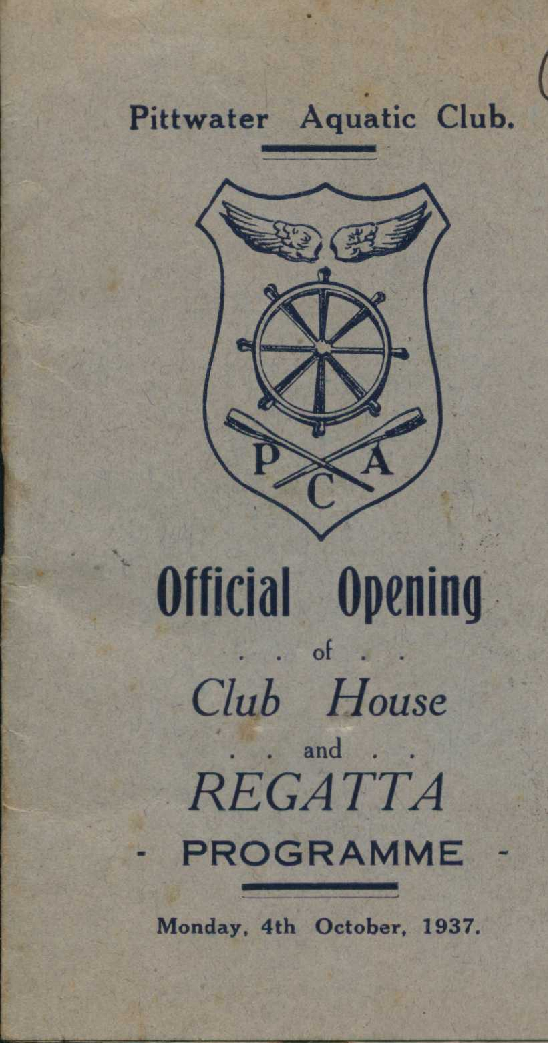

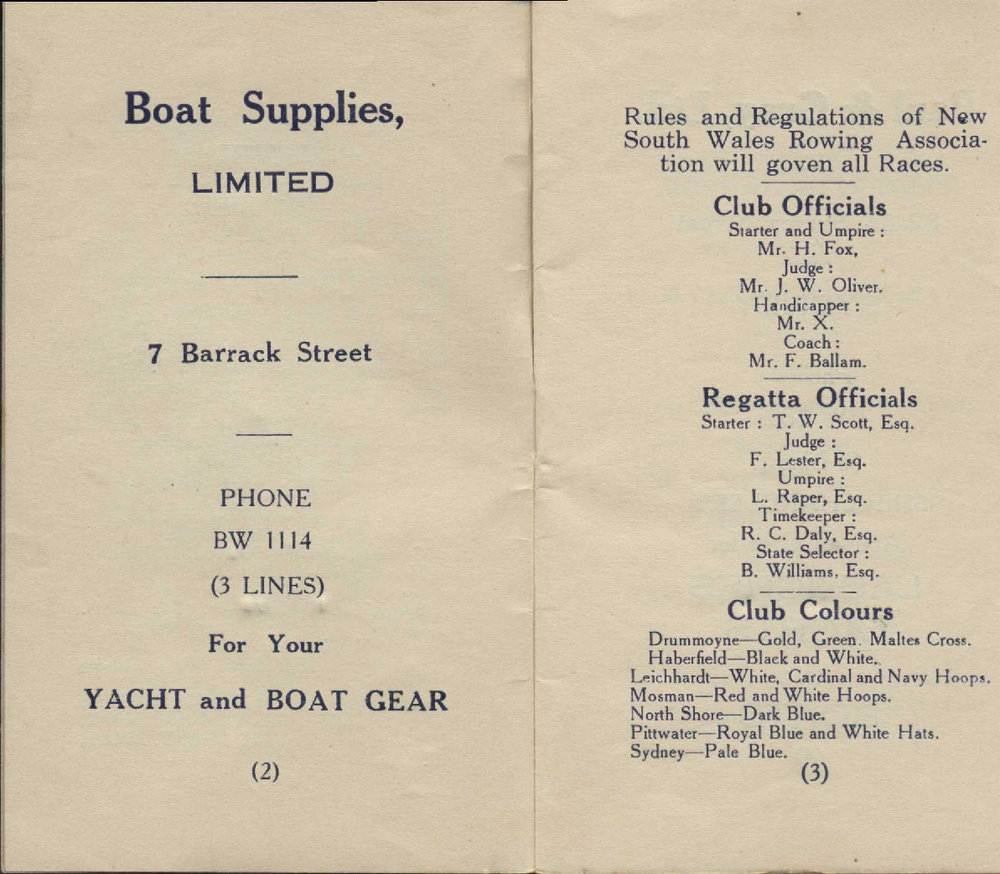
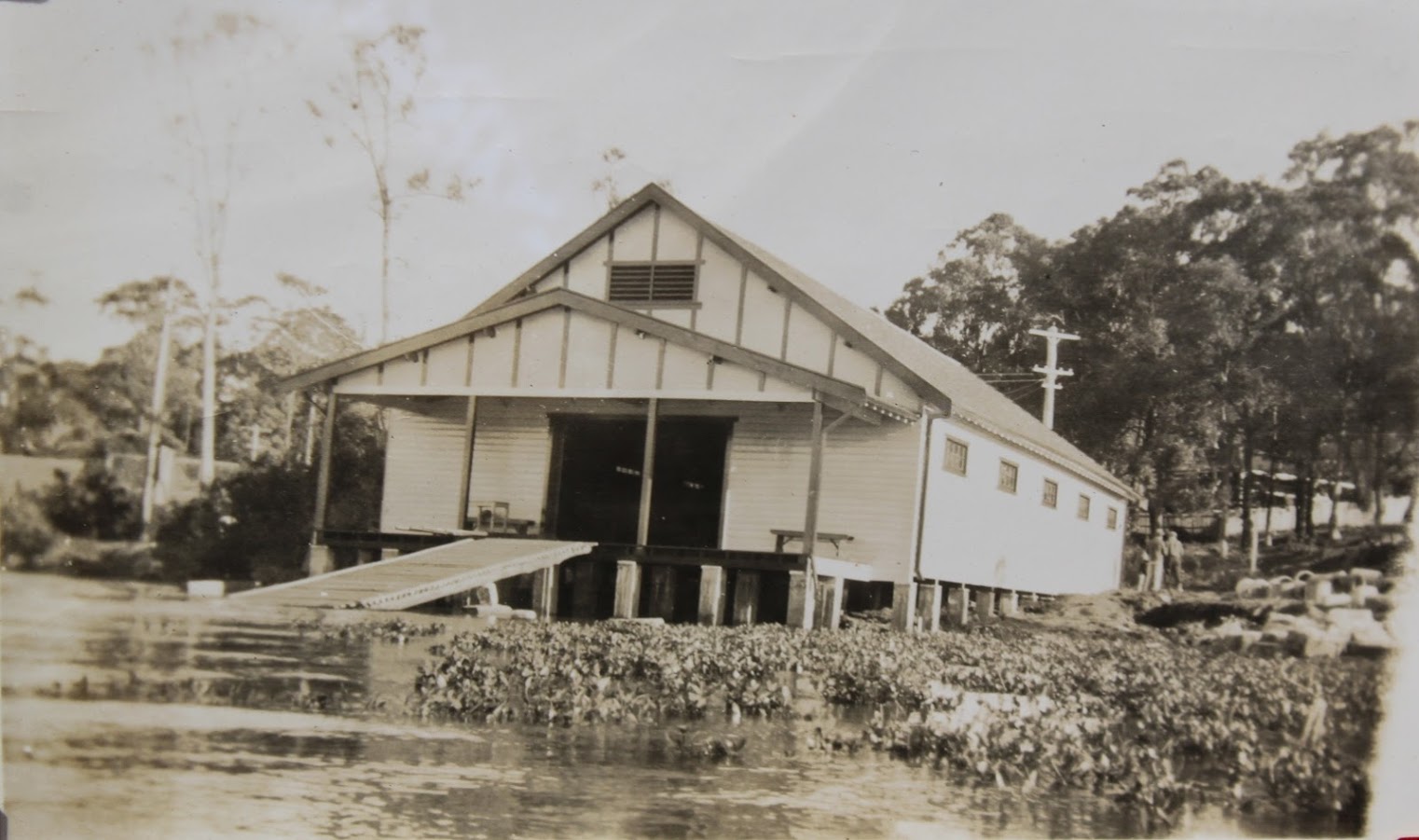
from the water when it was the Aquatic Club premises, for rowing. Photo: Don Taylor, circa 1930s
AQUATIC GAIETY.
Christmas Holidays Afloat.
Christmas and New Year promise to be very bright socially at Palm Beach and on the luxurious homes afloat on Broken Bay and Pittwater.
In the Basin adjacent to Palm Beach will be many luxury cruisers of all sizes and descriptions They will include the auxiliary schooner Boomerang of Mr and Mrs Frank Albert with Mr Lex Albert and a party on board and with Live Wire is a speed tender Mr and Mis Stuart Doyle's motor yacht Mirimar, the fifty foot cruiser Cynthia of Mr and Mrs H P Christmas, Mr and Mrs Bernard Bayley in the Greyhound, Mr and Mrs W Heine in Corsair, Mr and Mrs W D Lawson in Sylph III, Mr and Mrs A D Walker in Lolita, Mr and Mrs P A Mcintosh in Opal with Silver Spray, Mr and Mrs Bertie Hors-field in their cruiser Moth, Mr and Mrs V Heine in Hoona, Mr and Mrs Sid Blundell in Catherine Ellen, Mr and Mrs Noel P Hunt in Ronald, Mr and Mu J A Barraclough In Corycia, Mr and Mrs H W Bunce in Laloa, Mr and Mrs A W Brown with Mr and Mrs Brown sen in Binghi, Miss Mirle Doyle in Baby Miramar, Dr C L S Mcintosh in Carinya, Mr Keith Hamilton with Mr and Mrs Ken Wheeler and Mr John Milgrove aboard Ophir, Mr and Mrs F Luks Hermina II, Mr and Mrs Ron Shaftos Marcia, Mr and Mrs P Dowling's Fairie, Mr W Mantel's party In Air Wave, Jack Copeland in the speed boat Idle a While, Mr Jo Fallon with speed boat It, Mr Ralph Doyle with his daughter Miss Robin Doyle in the Redwing, Sir Clifton Love in Spindrift Mr and Mrs A G Wilson in Iolanthe.
Altogether more than £100 000 worth of luxury craft will grace the waters of Broken Bay this Christmas flying the famous burgee of the Royal Motor Yacht Club-blue with a yellow cross and Royal crown.
Many and festive are the parties to be held on board the various yachts and smart dances card parties and excursions daily and nightly will add to the gaieties of the season.
Then comes the Pittwater regatta on December 30 which is the Cowes of Australia with its myriads of craft from big sailing yachts to tiny outboards splashing the azure waters of Pittwater and Palm Beach with flickering foam-speed boats luxury cruisers sailing boats and yachts and the T S S Gwydir the social centre of activity as the flagship of the Regatta. At night the Broken Bay branch of the Royal Motor Yacht Club will hold its annual New Years ball. AQUATIC GAIETY. (1933, December 16). The Sydney Morning Herald (NSW : 1842 - 1954), p. 7. Retrieved from http://nla.gov.au/nla.news-article17033201
The Pittwater Aquatic Club began in 1922 in Bayview, with meetings originally held in the boatshed of local gentleman and champion rower/sculler Cedric Williams. The club, formalised in 1924, was the original sculling/rowing club version of the Pittwater Aquatic club.
The PAC also included ladies in its ranks who regularly competed with each other and at inter-club events. Their inclusion began in 1933 and they soon began winning inter-club races as well:
SCULLING. - Pittwater Aquatic Club.
Pittwater Aquatic Club closed Its 1932-33 sculling season and financial year on June 3. The membership was Increased during the year by 40. During the year a women's section was attached to the club, which now has a membership of 19 active competitors. The club has had a very successful season, and at present holds four of the five State championship titles allotted by the New South Wales Professional Sculling and Rowing League. On Broken Bay during the season 167 races were held. SCULLING. (1933, June 29). The Sydney Morning Herald (NSW : 1842 - 1954), p. 14. Retrieved from http://nla.gov.au/nla.news-article16963459
The club had various cups and trophies to be competed for during the season, the Pittwater Cup, a Relay Race for the Parramatta Cup, the PAC Fox Trophy for Men’s Best and Best Handicap, and the Penniman trophy and even one called the Giant Brand Paint trophy. In February of each year they held a two day Regatta to which competitors from Shoalhaven, Parramatta and Balmain would come. The most well known of all these trophies is one initiated by Cedric Williams Esq. to be raced for as a perpetual trophy between clubs.
CLUB SAILING FIXTURES.
PITTWATER -Cedric M Williams trophy race Waterwitch 21m 19m Tug 14m 8m Wln^s 12m8m Mavis 12m fin Sunny 10m 8m Swastika Popeye 9m 8m Bunyip 6m 6m Ncmlsls 3!jmam Pandora 2m scr Cygnet set ser I roller 7m Swift scr set. CLUB SAILING FIXTURES. (1937, October 21). The Sydney Morning Herald (NSW : 1842 - 1954), p. 16. Retrieved from http://nla.gov.au/nla.news-article17407142
SCULLING. Parramatta River Club. CHAMPIONSHIP REGATTA.
The Parramatta River Sculling Club held Its championship regatta over the Putney-Gladesville course on the Parramatta River on Saturday. The main attraction on the programme, the light-weight Gladstone skiff championship of New South Wales, was won for the third successive year by Cedric Williams, of Pittwater, who defeated his clubmate, F. Kerr, by three lengths. J. Hanlan, Pittwater, won the outrigger handicap, and the skiff handicap,
Results:
Lightweight championship of New South Wales, In Gladstone skills, lm (holder, C. Williams); C.M. Williams (Pittwater), 1; F. Kerr (Pittwater), 2.Only starters. Won by three lengths. Women's Gladstone skiff handicap, lm.: Miss D.Pamplin (Parramatta), 52s, 1; Miss D. Hammond(Parramatta), 38s, 2; Miss M. Hickson (Pittwater),16s, 3. Won by four lengths. SCULLING. (1935, March 11). The Sydney Morning Herald(NSW : 1842 - 1954), p. 13. Retrieved from http://nla.gov.au/nla.news-article17172714

Cedric M Williams as rower circa 1930 (Older gentleman used to help with rowing - possibly F Ballan)
At the last race prior to the outbreak of war in 1939 this trophy, a model of a Racing Four complete with sculls, and mounted in a glass case made by then well-known model maker Stuart Murray, was won by the Balmain club. It gathered dust at their club stuck atop a cupboard until 2009 when remodelling caused pause for thought and the return of this item to its home in the new Pittwater Aquatic Club. The PAC, now a sailing club, moved to new premises on the other side of the bay.

One of the original Trophies. Picture by Michael Mannington, 2012.

Some of the medals Cedric M won - courtesy of Cedric V
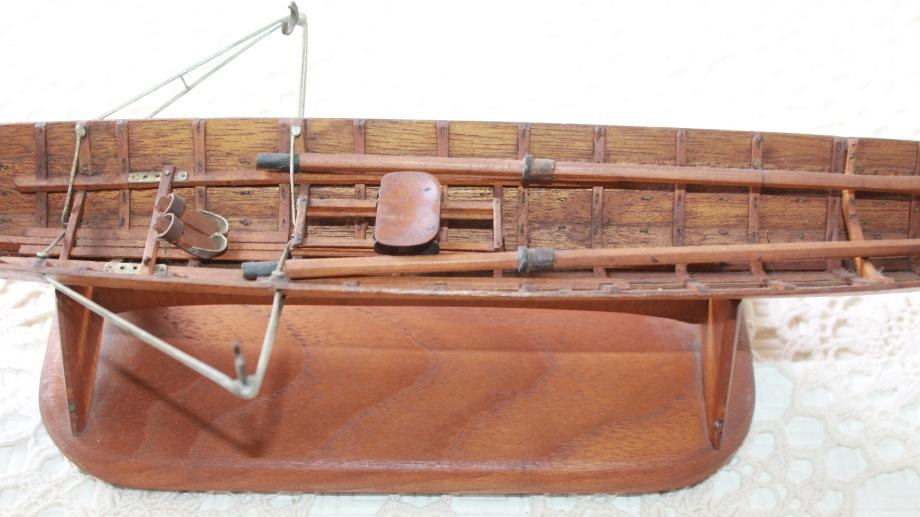
A model Cedric M built of a Gladstone Skiff - courtesy of Cedric V Williams
Larger PAC hall social functions were held at the Masonic Hall at Collaroy, and when the community was welcoming home airman Patrick Gordon Taylor, an event was held at Mona Vale’s hall:
Sophie, Cedric and John Williams Snr. at right side, Front row in this photo - courtesy Elizabeth Hird (nee Williams)
That welcome Home included Sir Charles Kingsford-Smith:

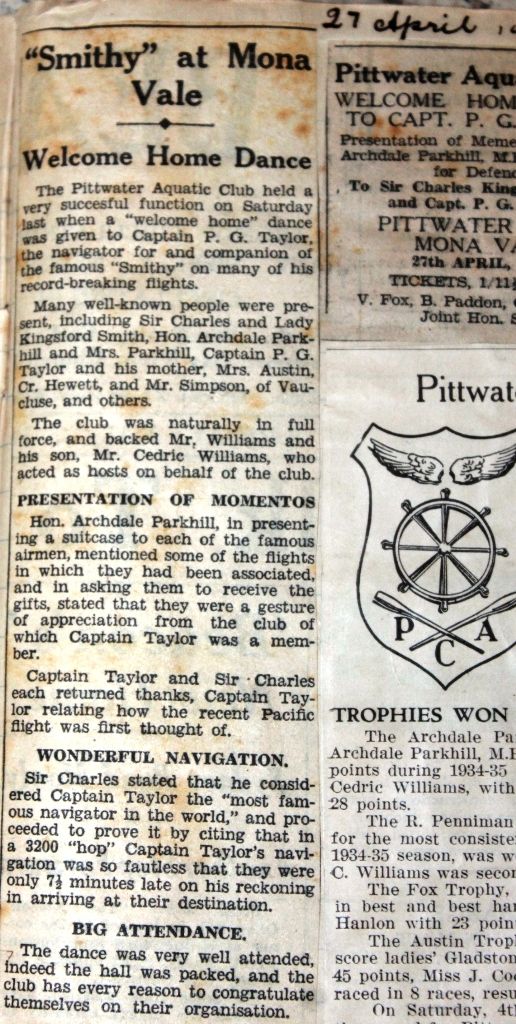
Letter and clippings courtesy courtesy Elizabeth Hird (Nee Williams)
The Pittwater Aquatic Club also held its own end of season functions in the clubhouse:
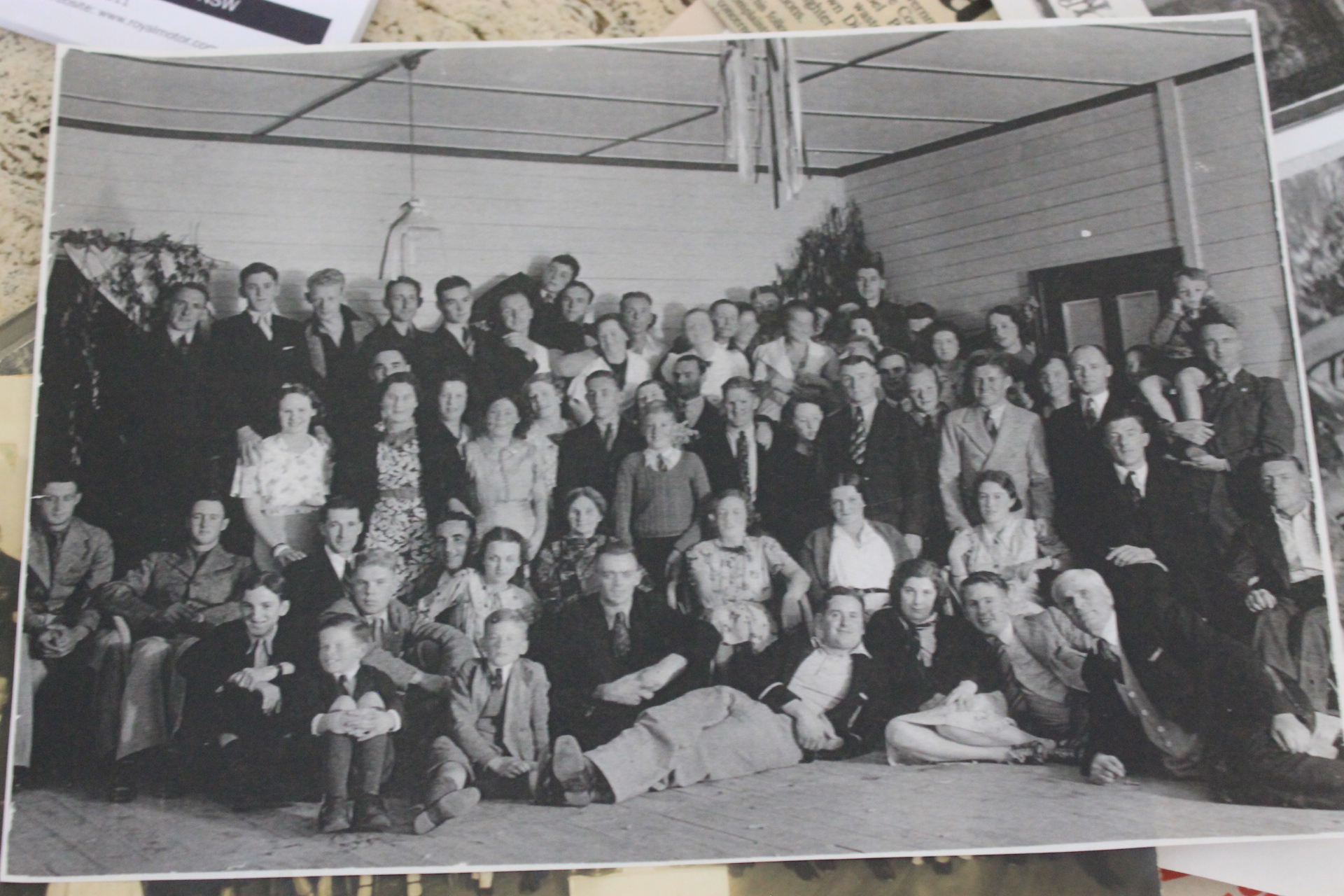
During WWII the club lapsed (1939) and those who were members stayed on the water fulfilling roles in keeping Pittwater safe. Cedric Williams, along with older brother Jack, worked on Pittwater and became an Army Lieutenant.
The hall at Bayview was then used for a while as an ambulance station.
HOW THE KILLER GOT AWAY
The police have pieced together the movements of Fisher's taxi on Saturday from information supplied by numerous telephone callers. This is the picture they have got:
8 A.M.-Fisher left home to start work.
10.30.-Taxi seen by Mr. C. Clark, whose Church Point store is about three-quarters of a mile from the culvert where Fisher was found.
WIFE-"Had To Skip"
10.45_Mrs. Wymark, on her way to buy groceries, heard the taxi coming, with its engine full-out. She said yesterday "If I hadn't skipped out of the way it would have hit me. We very rarely see coloured taxis out here They are mostly private hire cars. That is why I noticed its cream and orange colour. When I saw the description in the Sunday papers I immediately told the police "
The taxi was travelling towards Mona Vale
10.55-Mr C Williams ambulance officer at Bayview, saw the taxi rush past the ambulance station, heading for Mona Vale.
“I knew Fisher and I know his taxi," he said "Every time he went past he hooted his horn to say good day.
"I was in the garden, but this time there was no hoot "

MR. C. WILLIAMS
11.30.-Mr M Daddry, of Roseville Road, Beacon Hill who works for the same employer as Fisher did was looking out of the window with his wife and saw the taxi on Pittwater Road going towards the city
Mr. Daddry slid to his wife, ‘Gee, Ted must be late to work.'
12 10 pm-Mr Chris Mallis who owns Fisher’s cab saw the taxi being driven along Oxford Street city by a thin stranger He challenged him and the man got out of the cab. He ran away as Mr. Malus was questioning him.
The police believe that Fisher, who lived in Oaks Avenue, Deewhy, was murdered at about 10 a.m. on Saturday.
They want to interview a man aged about 18 to 20, 5ft 7in to 5ft 11in tall, very thin build, fairly fair complexion clear skin, very fair hair, parted on left side (hair on right side of parting tends to stand up a little), thin features, clean shaven. He was dressed in a brown, possibly check, sports coat, sports trousers, and white shirt.
It is believed Fisher may have been in the back of the car dead for some time before the killer dumped him in the culvert.
After Mr. Malus took over the taxi in Oxford Street, detectives found a .22 cartridge shell and Fisher's wrist watch and a cigarette lighter on the back seat. Later, a Paddington man found a sawn off 22 calibre rifle in his backyard He handed it to police
SEARCH-Scrub And Roads
On Saturday night, Superintendent H E Snowden, Detective Inspector J Rogers and Detective Inspector M F Calman organised yesterdays big police search. They scientifically searched roads and dense scrub over a wide area.
They are searching for a fibre seat cover which was missing from the murdered man's taxi.
They appeal to anyone who finds it to contact the C.I.B. immediately.
Detective-Inspector J. Rogers, Detective-Inspector M. Caiman, Detective-Sergeant Crowley, Detectives W Cannings and K. Brown, and other C.I.B. men are leading the hunt for the killer
Police are impressed by similarity of the murder with the Southport taxi-murder last month. The blood-stained taxi of Athol Henry McCowan was found on the seafront at South-port, near Brisbane, towards the end of May. McCowan was found murdered in a creek a week later after a manhunt in which more than 1,000 people took part. His murderer has not yet been found. HOW THE KILLER GOT AWAY. (1952, June 30). The Sydney Morning Herald (NSW : 1842 - 1954), p. 1. Retrieved from http://nla.gov.au/nla.news-article18271020
Three people were injured yesterday when two cars collided head on in Bayview Road, Bayview, outside the Pittwater branch of Manly Ambulance.
Injured were: Miss Laura Greenwood, 37, of Thornley Street, Leichhardt, fractured right arm and laceration to face, scalp and hand; Miss Leslie Utting, 22, of Ellison Street, Ringwood, Melbourne, lacerations to both, legs and injuries to the back; Hugh Giblin, 38, solicitor, of Bay-view Road, Church Point, laceration to the forehead. Child Dies On Road At Glebe (
1953, March 15).
The Sunday Herald (Sydney, NSW : 1949 - 1953), p. 3. Retrieved from
http://nla.gov.au/nla.news-article18502491
1st Bayview Sea Scouts Group were given permission to use the hall from 1962. The Warringah Shire Council meeting of May 28th 1962 records:
B) Boy Scouts Assn. Pittwater District; addressed to the President; 16/5/62 Requesting permission to use the building, previously occupied by the Manly-Warringah District Ambulance, and-situated in Pittwater Road, Bayview, for the purpose of a Scout Hall.
Council Resolved --that those organisations be permitted to use the hall at Council's pleasure. ,(Crs. Wade/Bertram): , (C) Palm Beach Golf Club Ltd., 18/5/62 Notifying on June 16th.: the Club is holding a Charity Day in aid of the Mona Vale Hospital and extending an invitation to all Councillors to be the Club's guests at the evening's social function 32. 'Resolved; that the Palm Beach Golf Club be informed that as many Councillors as possible will attend.; (Crs. Ellis/Jones).
When 1st Bayview first started the hall was still had some of the trappings of the ambulance station. This made it easy to teach the cubs and scouts 1st Aid.
With the opening of Mona Vale Hospital the shed was no longer needed for this purpose.
The hall is a waterfront property on the edge of Pittwater. The hall was built on pylons out in the water. Then the break wall and Bayview Park was reclaimed and built around it, but not under the hall. To this day there is still a sandy beach and water at high tide underneath this hall.
The area around Bayview Park, alongside the site and where the Bayview Tennis Club has had its home since late 1933, has been subjected to successive episodes of land-filling, reclamation and dredging since the early twentieth century. By the late 1940s the area had been almost totally reclaimed and by the early 1970s dredging of the bay and reclamation of saltmarsh had been completed. The western edge of bay had been prepared and realigned in anticipation of the seawall and a proposed marina development at Winnererremy Bay which did not eventuate (see film by John Illingsworth below). Until the past few decades estuarine wetlands were regarded as unhealthy swampy wastelands requiring 'reclamation' which was often achieved by way of waste landfills. This intervention of the natural environment eliminated much of the transitional zone – the estuarine complex of mudflats, saltmarsh meadows, mangroves and Swamp Oak forests. The Careel Bay Playing fields are another instance of this occurring. These had been a tip and then were added to by filling in the mangroves that once stretched from the northern edge of Avalon to Careel Bay.
The hall has been rebuilt and modernised multiple times, but retains a rustic wooden boatshed vibe.
The old Pittwater Aquatic Clubhouse was in danger of being demolished due to its dilapidated state. It was saved but again came under potential demolition orders with a scheme to widen the road. This was not the first time where the land meets the water was changed to suit road building and other infrastructure. Warringah Shire Council Minutes of Meetings record a few instances – a few examples are:
June 7th 1938 Warringah Shire Council Minutes of Meeting records; -
Correspondence was dealt with as follows - 1. Lands Dept., 20/38, stating Metropolitan Water Sewerage & Drainage Board has requested that a small area of land between Bayview Road and highwater mark of Pittwater, as shown on an accompanying sketch, be added to the road; inquiring whether Council concurs the declaration as a I, in public road of this area, and also other similar other small are shown on accompanying plan. Resolved, - The Department The informed the Council concurs in the proposal.
The Minutes of Meeting held March 22nd 1968 record:
Dunbar Park. Area cleared for relocation of Scout Hall. Kitchener Park. Area on southern side graded ready for grassing. Bayview Baths. Cleansed on 20.3.68 and 3.4.68. TREES & GARDENS. The following trees and shrubs planted or replanted during this period:_Epping. Drive. 35 liquid amber. Glen Street. 6 liquid amber. Pringle Avenue. 14 liquid amber. Naree Road. 6 liquid amber and 8 tristania conferta. North Curl Curl School. 12 eucalyptus haemostoma, 4 melaleuca armillaris. Various streets and reserves; 46 mixed trees and shrubs re; plan .
The November 29th 1971 Special Meeting records:
EXPENDITURE LAND. (Page 33). Proposed Acquisition of Lot 1, Section 7, D.P. 9125, No. 25 Fisher 4 Road, Dee Why Civic Centre, Dee Why $40,000. 21. Resolved; That this item be deleted and referred to the 1973 Estimates. (Crs. Sainsbery/Farrell). 22. Further resolved; That items 2 and 3 under the heading 'Land', proposed acquisition of No. 1826 Pittwater Road, Bayview for Open Space, and Lots 1, 51 6, Bungan Beach for Open Space, totalling $63,250, be deleted from the Draft Estimates and included in a future Loan. (Crs. Begaud/Farrell). Adjournment of Special Meeting; 27. Resolved; That this Special Meeting now adjourn, and resume on Thursday, 9th December, 1971, at 5.30 P.M. (Crs. Farrell/Gracie). The meeting concluded at 10.28 p.m. _This is page Number 5 of the Minutes of the Special Meeting of Warringah Shire Council, held on Monday, 29th November, 1971
Warringah Shire Council's Works Committee Meeting of Monday, 4th April, 1977 records:
PITTWATER ROAD - MONA VALE TO CHURCH POINT DESIGN BY DEPARTMENT OF MAIN ROADS (file 430/12) (Report No. A77/69 S/E) The Department asks Council's concurrence with its design proposal to allow preparation of final design and establishment of an appropriate reclamation line. 1 The proposal is to generally provide a 12.6 m. carriageway which allows for 2 through traffic lanes and 2 kerbside lanes. All curves are to be widened to suit the Department's Urban Road Design Standard and additional widening of 1.6 m. at bus stops included throughout. A footpath 1.6 m. wide on the north aide is to be provided and a 1 a. nature strip or berm, behind the kerb on south side. 2. Because of the presence of established trees within the proposed carriageway between Jendi Avenue and Kananook Avenue, the Department requests Council to plant new trees in the proposed footway area and it has reduced the carriageway to 6.7 m. and no kerb and gutter until these trees become established, at which time the carriageway will be widened to 12.6 m. and the existing tress in the carriageway removed. 3. The proposed alignment follows the existing road pavement as closely as possible within the constraints of the Department's Design Standards. This results in the retention of the Bayview Tennis Courts and Scout Hall on the Pittwater side of the road and eliminates heavy reclamation and sea walls between Mona Street and Bakers Road except for a short length around the large bend at Fermoy Avenue. Additional widening to accommodate separation median and a sheltered right turn storage lane is provided at the large boat shed immediately west or Fermoy Avenue. The purpose of this is primarily to save a number of large trees in the area of the median. 4. There is no significant acquisition of private property required for road widening but Council will lose approximately 8 m. off the full length of the Church Point Car Park. 5. From Minkara Road to Church Point a continuous line of seawall approximately 10 ml off the edge of the present road pavement is proposed. RECOMMENDATION That a) the Deportment's design as submitted on plan 0174.479 MU 2506 be agreed to; b) street trees be planted to replace trees requiring removal in the future between Jendi Avenue and Kananook Avenue; COMMITTEE'S RECOMMENDATION: That the plan as recommended be forwarded to the Standing Committee, as set up, to examine this road and that the Town Planner be included in discussions of the special plan. COUNCIL'S DECISION (12/4/77): 68 ADOPTED. t. Creagh/Hoy) PAGE 12
The 1st Bayview Sea Scouts Group are one of the largest scout groups in our Region.
Having the title "Sea Scouts" means the 1st Bayview Group have leaders qualified in water activities, and have all the appropriate water craft in-house; Canoes, Kayaks, Sailing boats, Wind Surfers, SUP, power boats, and a Yacht.
They also have all the gear and qualifications for the more traditional scouting adventurous activities; Camping, Bushwalking, anything and everything to do with cubs and scouts.
The club then, as now, honours its beginnings as a place to learn how to be safe on the water and have fun:
BUSINESS WITHOUT NOTICE - INTRODUCED BY THE PRESIDENT SCOUT ASSOCIATION, MANLY WARRINGAH AREA, letter dated 7.12.1974 requesting permission to hold its Scouts Regatta at Bayview Scout Headquarters on 25/27th January, 1975 with events being held on Pittwater; seeking permission to use (a) area adjacent to the Scout Hall for boat storage, boat trailer and car parking free of charge; (b) use of Pittwater Quay's area for camping up to 400 scouts; (c) provision of temporary toilet and garbage facilities.
Council Resolved - (a) That approval be granted to conduct the Regatta, subject to the Association obtaining the concurrence of Pittwater Quay Pty. Ltd. to use the area under its control; (b) That $550 be voted under Section 504 for the provision of toilet and water supply facilities and sanitary service and that the Association liaise with the Parks and Reserves Engineer and the Controller of Cleansing on this matter. (Crs. Huntingdon/Sainsbery)
1st Bayview Sea Scout Group provides fun youth development activities, building resilience and confidence for ages 5 to 17.
The Group runs weekly meetings during school terms, plus many weekend and holiday events for our youth members, and sometimes the whole family.
Find out more at: https://www.1st-bayview.group.scoutsnsw.com.au/home
The 1st Bayview Sea Scouts in 2012:
.jpg?timestamp=1714703591692)
.jpg?timestamp=1714703616799)
.jpg?timestamp=1714703650539)
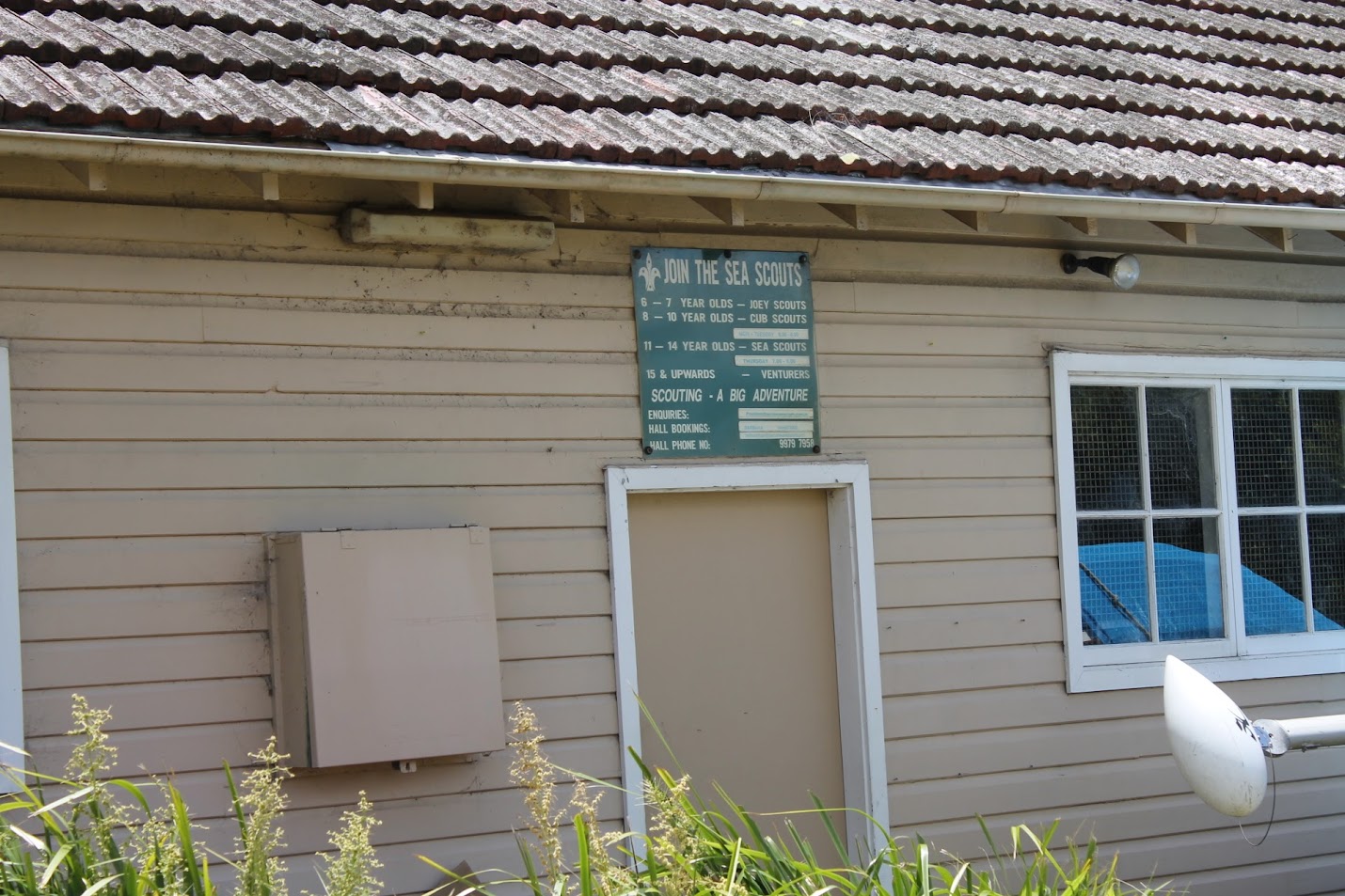
.jpg?timestamp=1714703679666)
.jpg?timestamp=1714703737076)
_________________________________________________________________________________________________
.JPG?timestamp=1682647382876)
Bayview Sea Cubs and Scouts muster for 2023 Anzac Day March and Service at Avalon Beach RSL Cenotaph in Dunbar Park


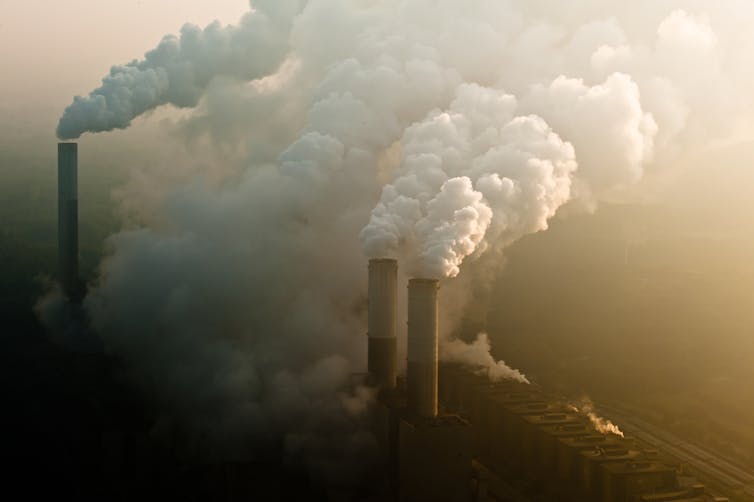


![]()
.jpg?timestamp=1714866543826)
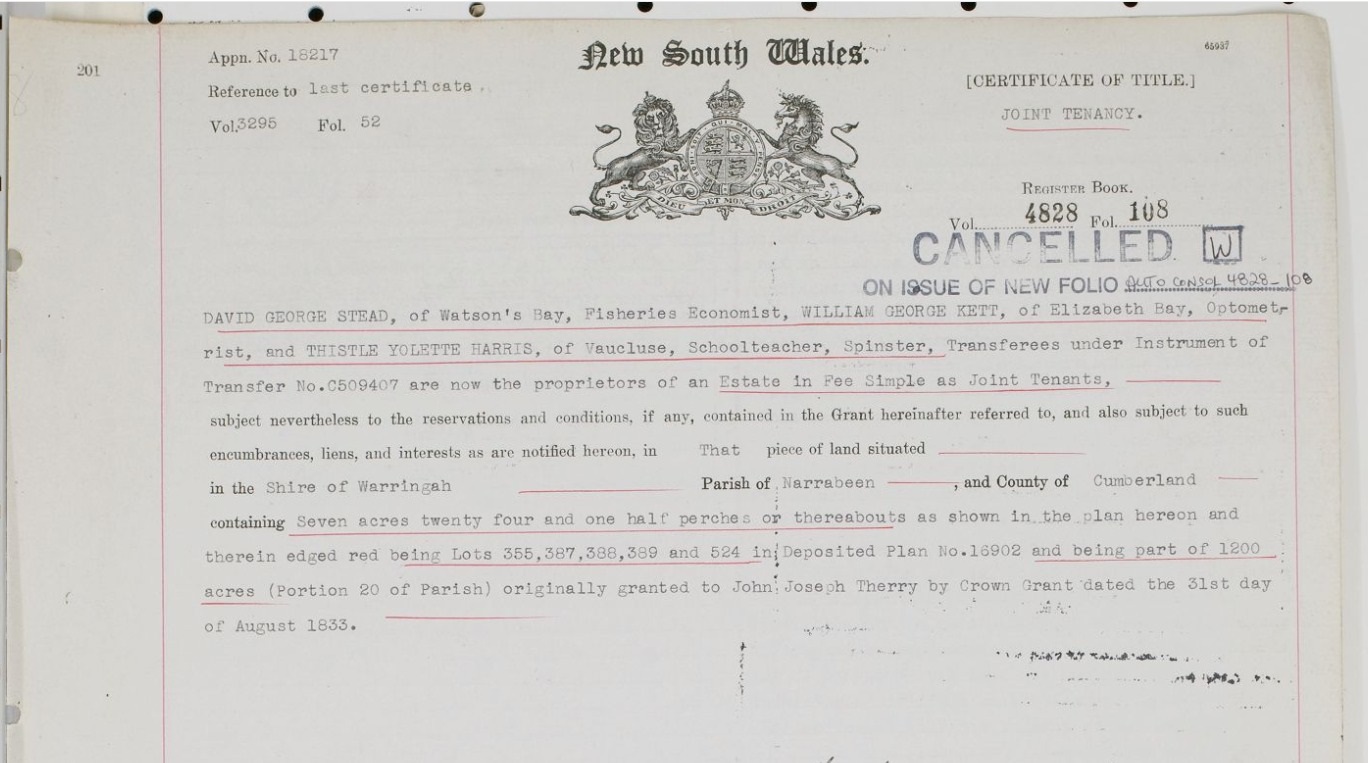
%20Vol%20Fol%204828-108.png?timestamp=1659822451523)
.jpg?timestamp=1714593544979)
.jpg?timestamp=1714594261697)

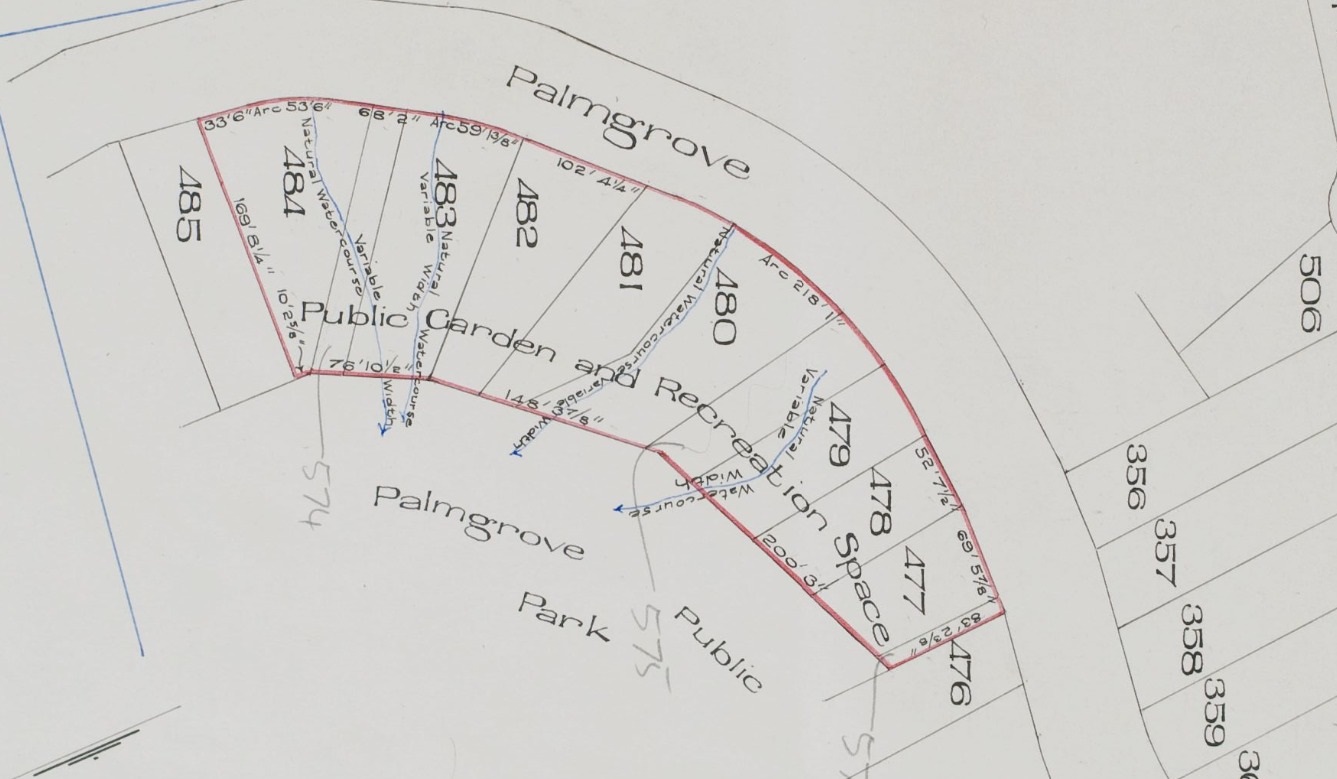
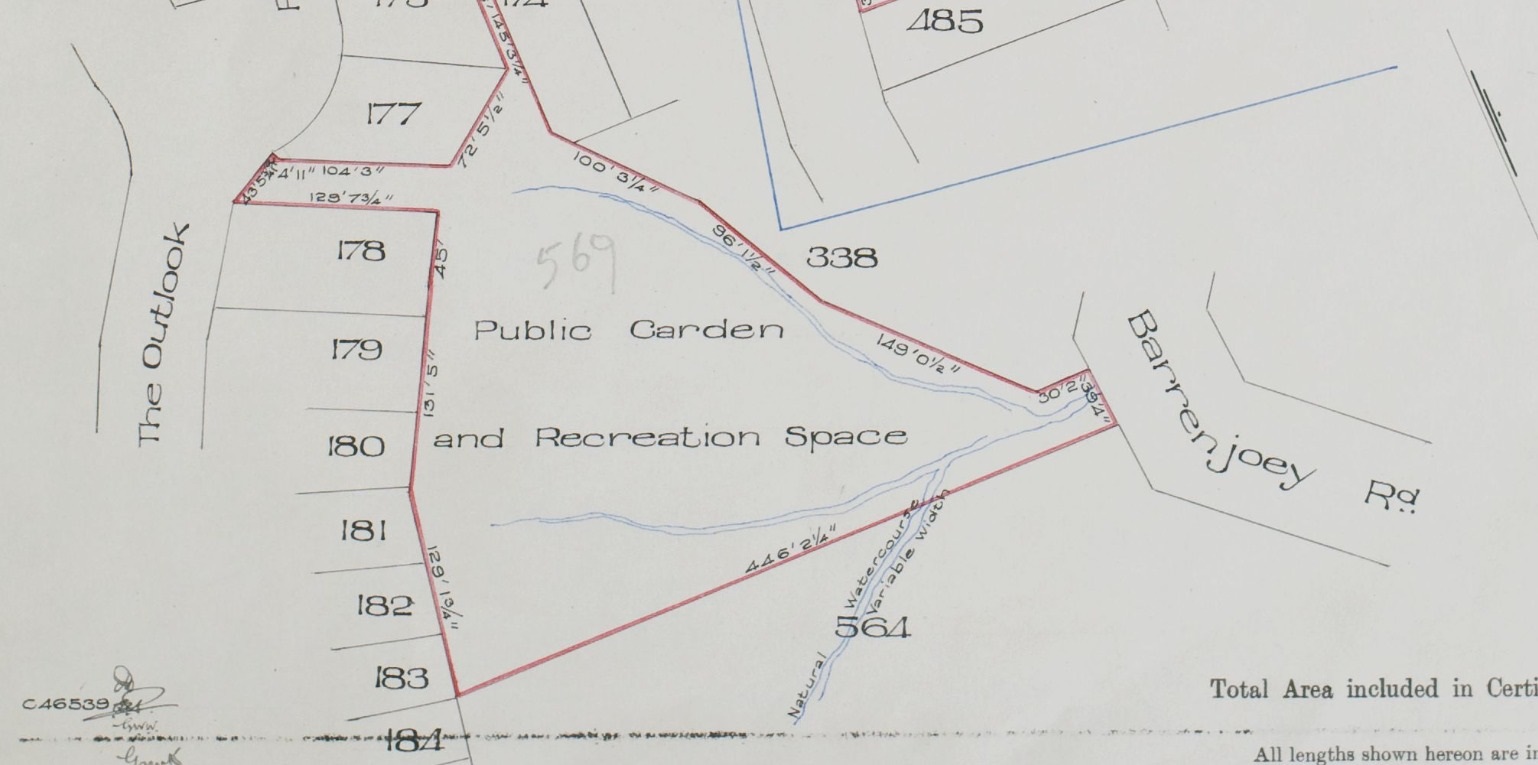
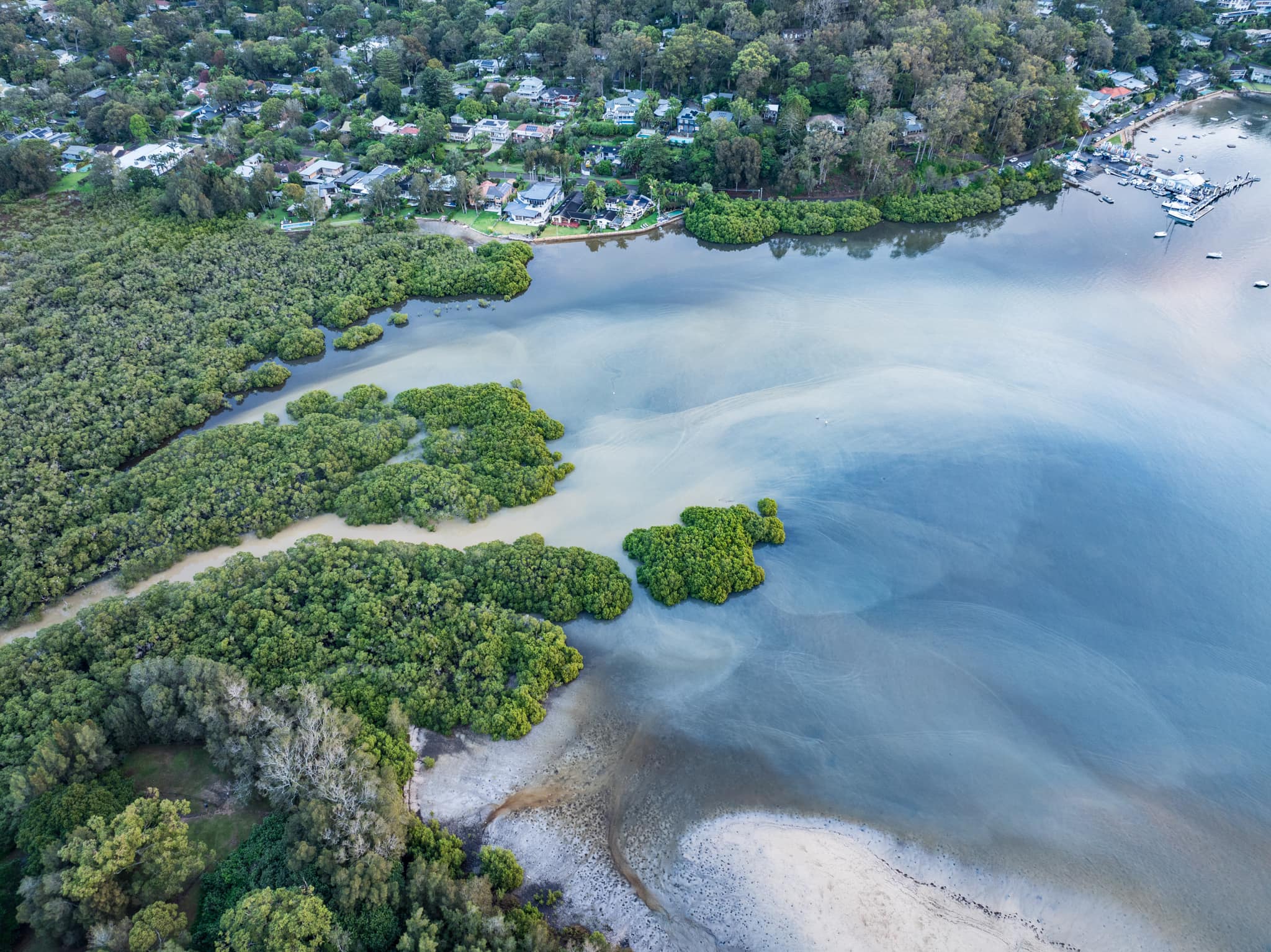
.jpg?timestamp=1714868363767)
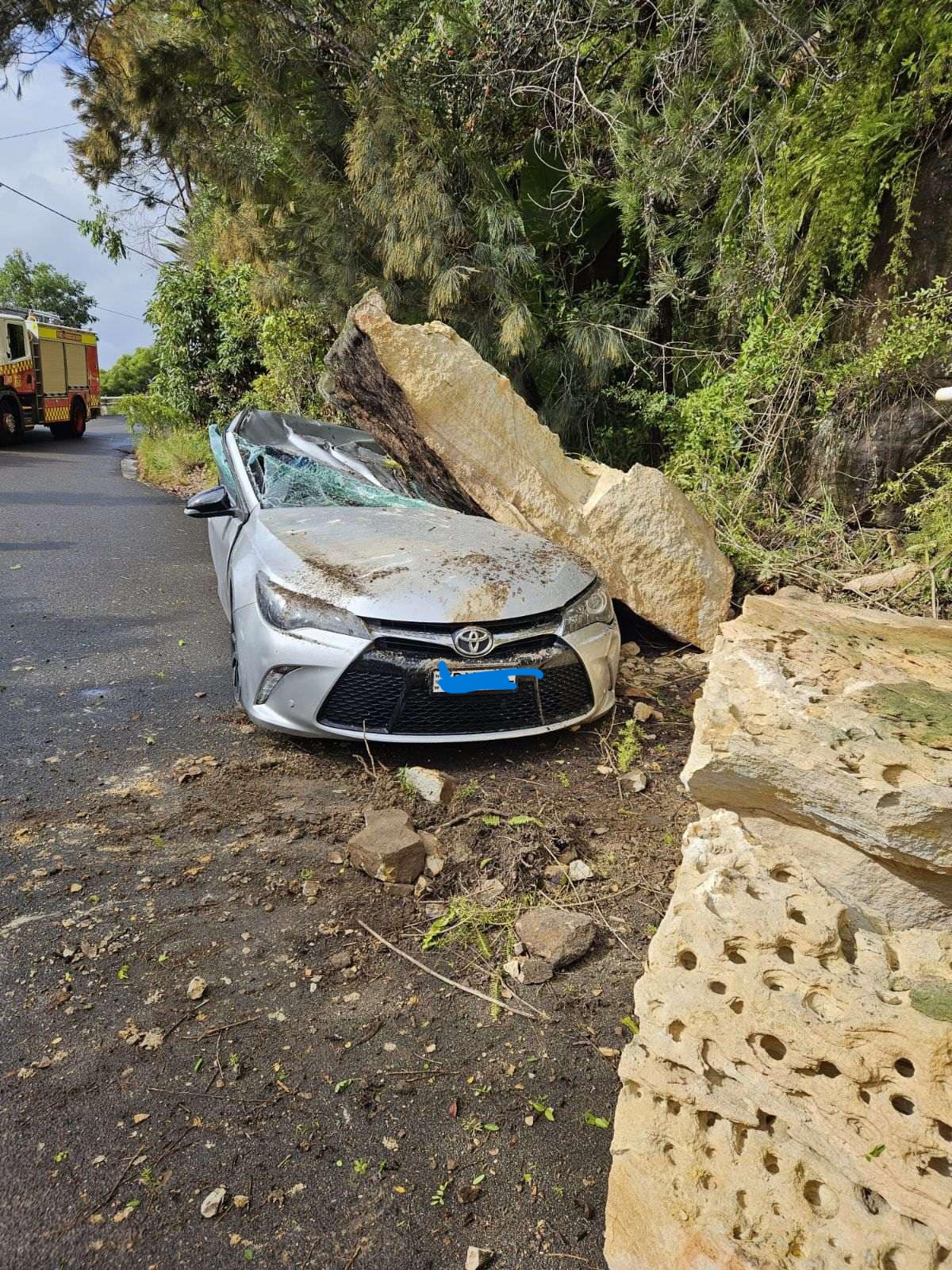
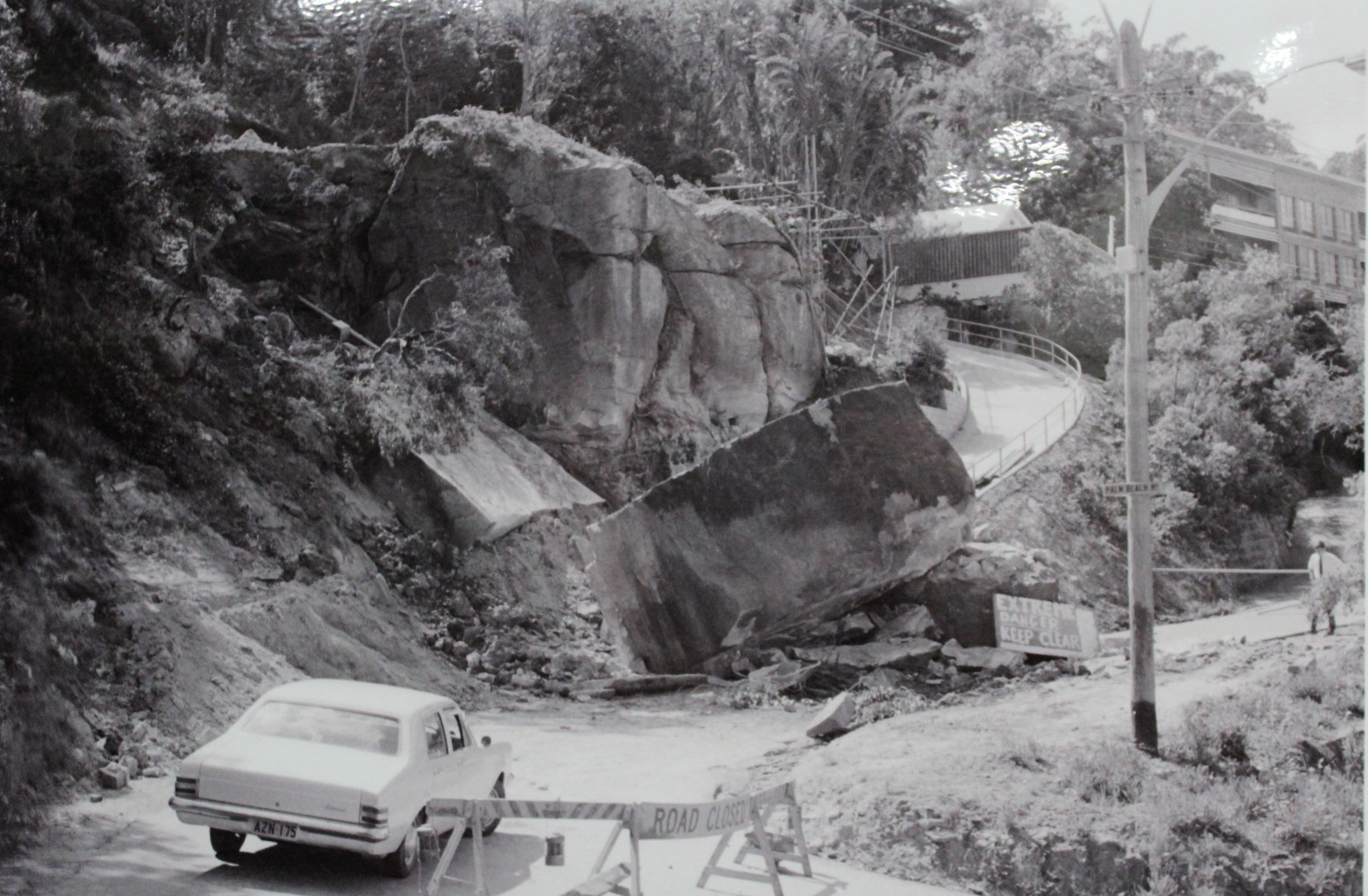
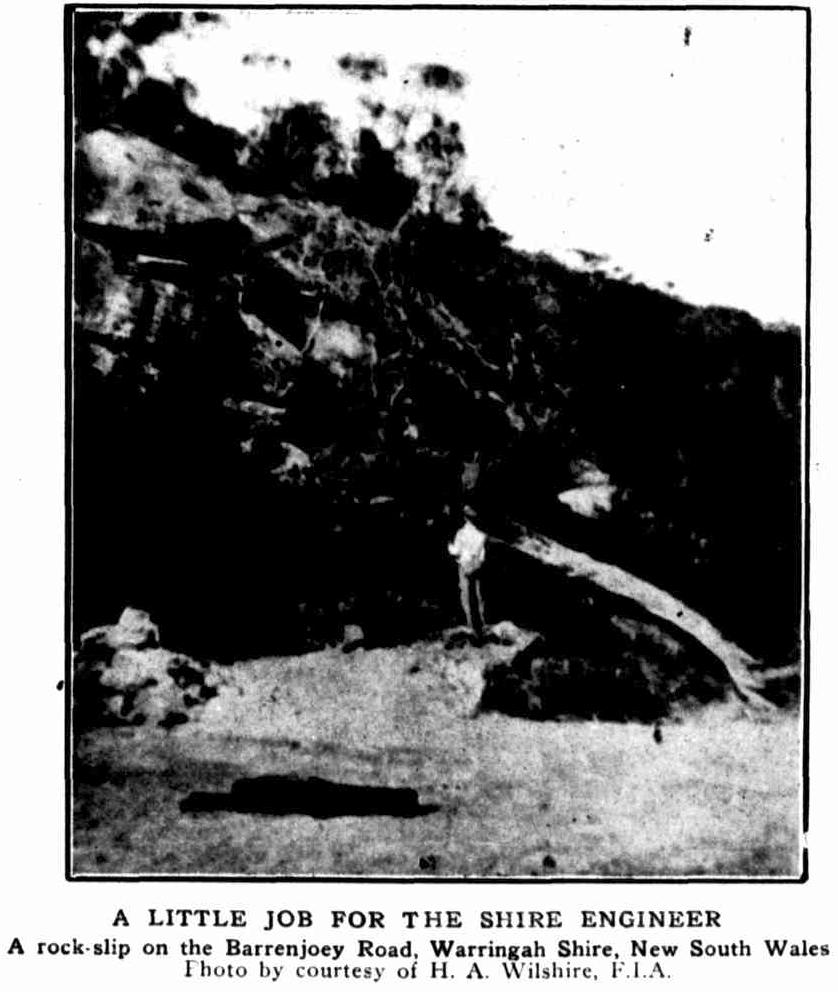
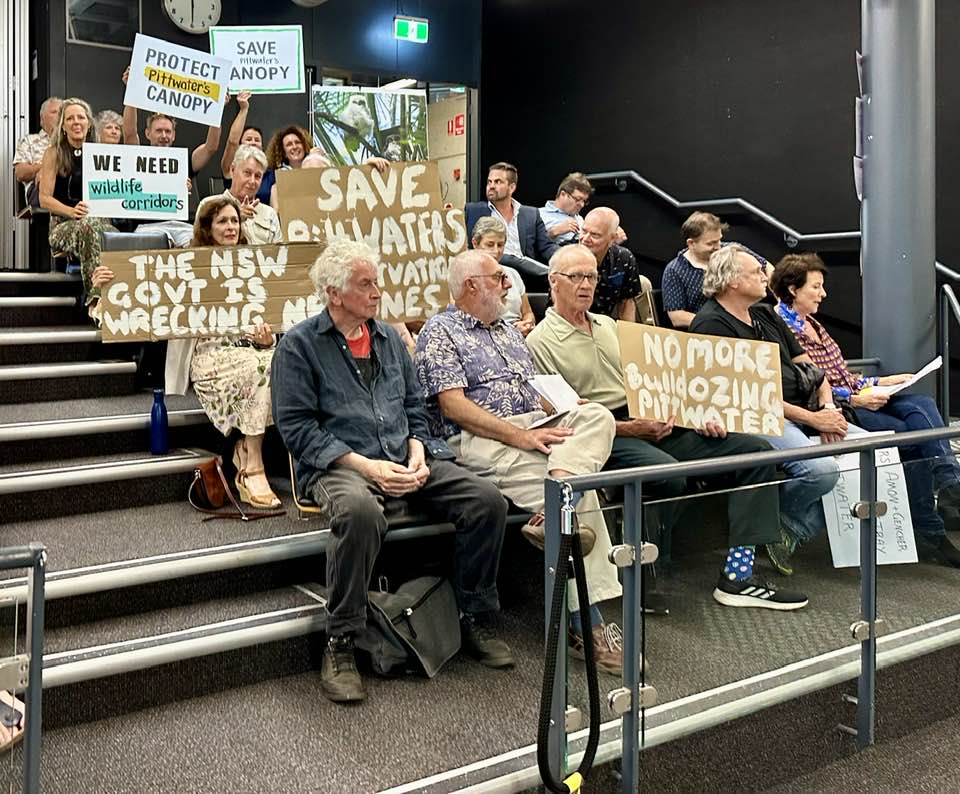
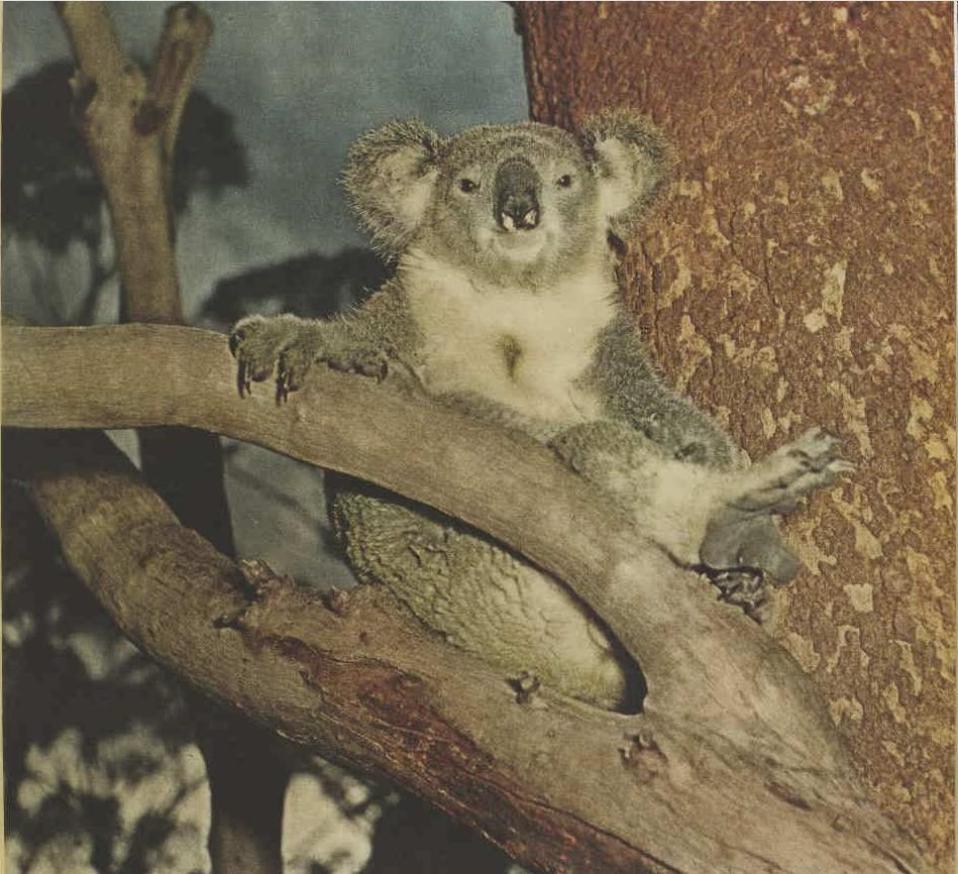
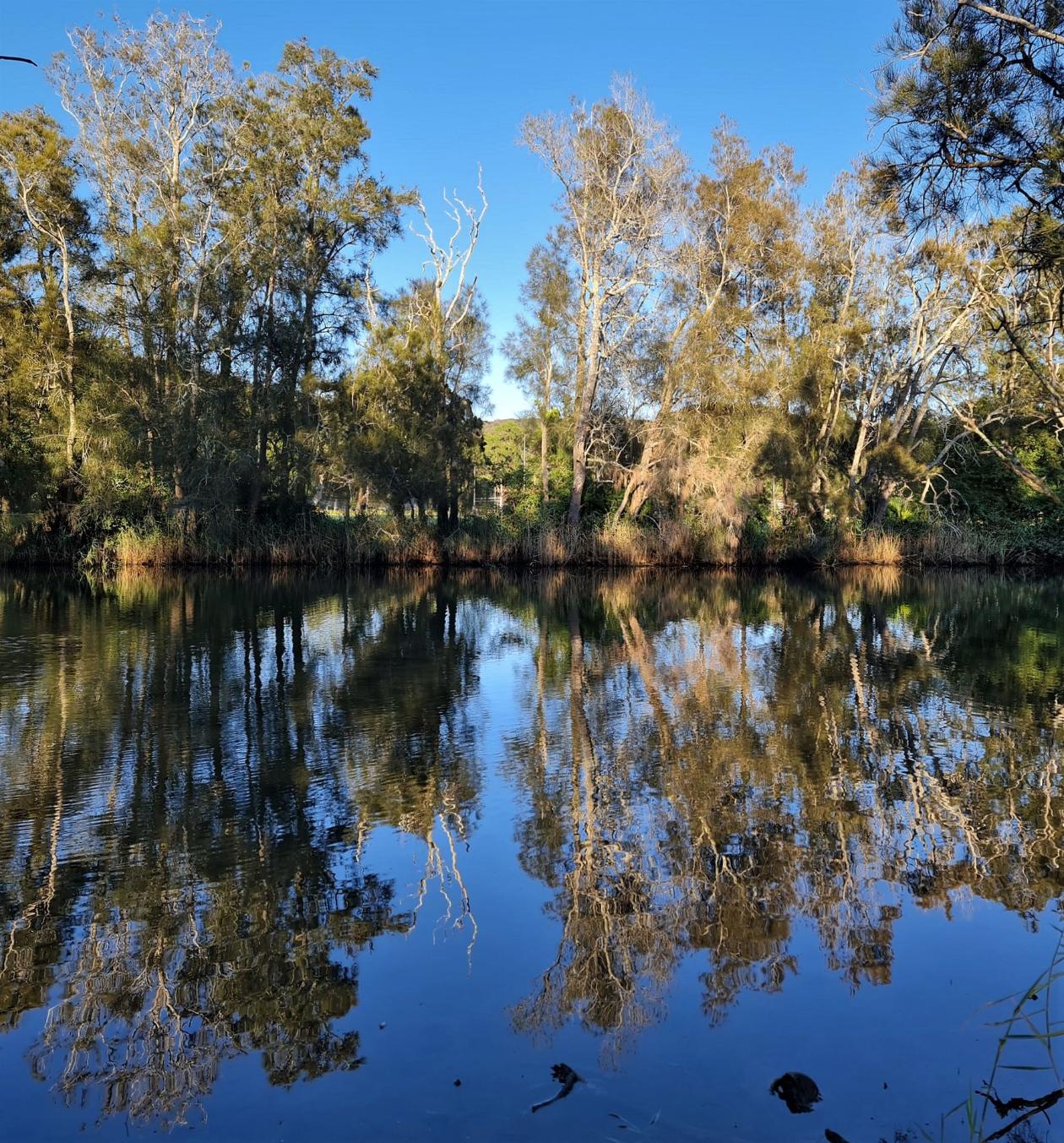
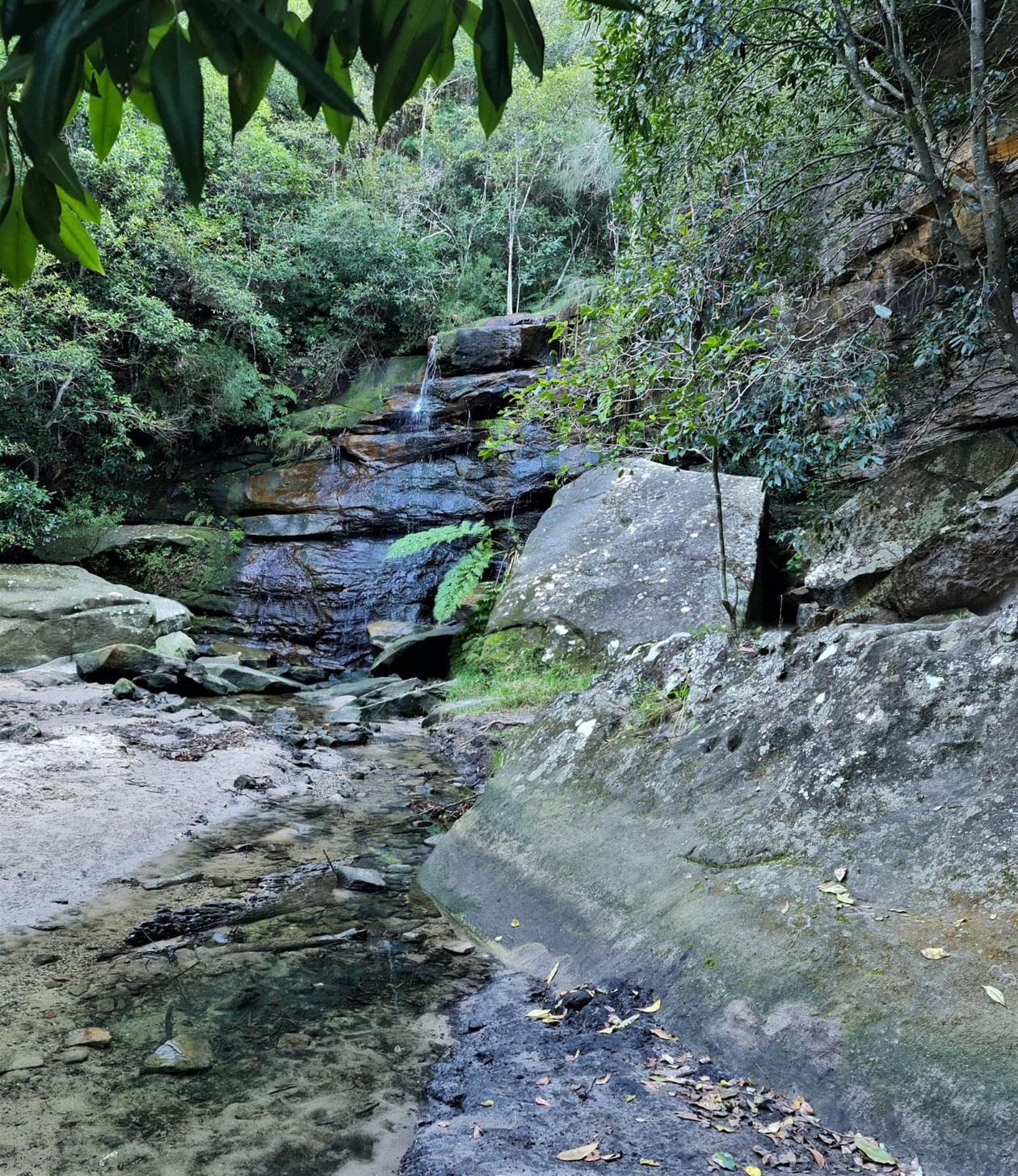
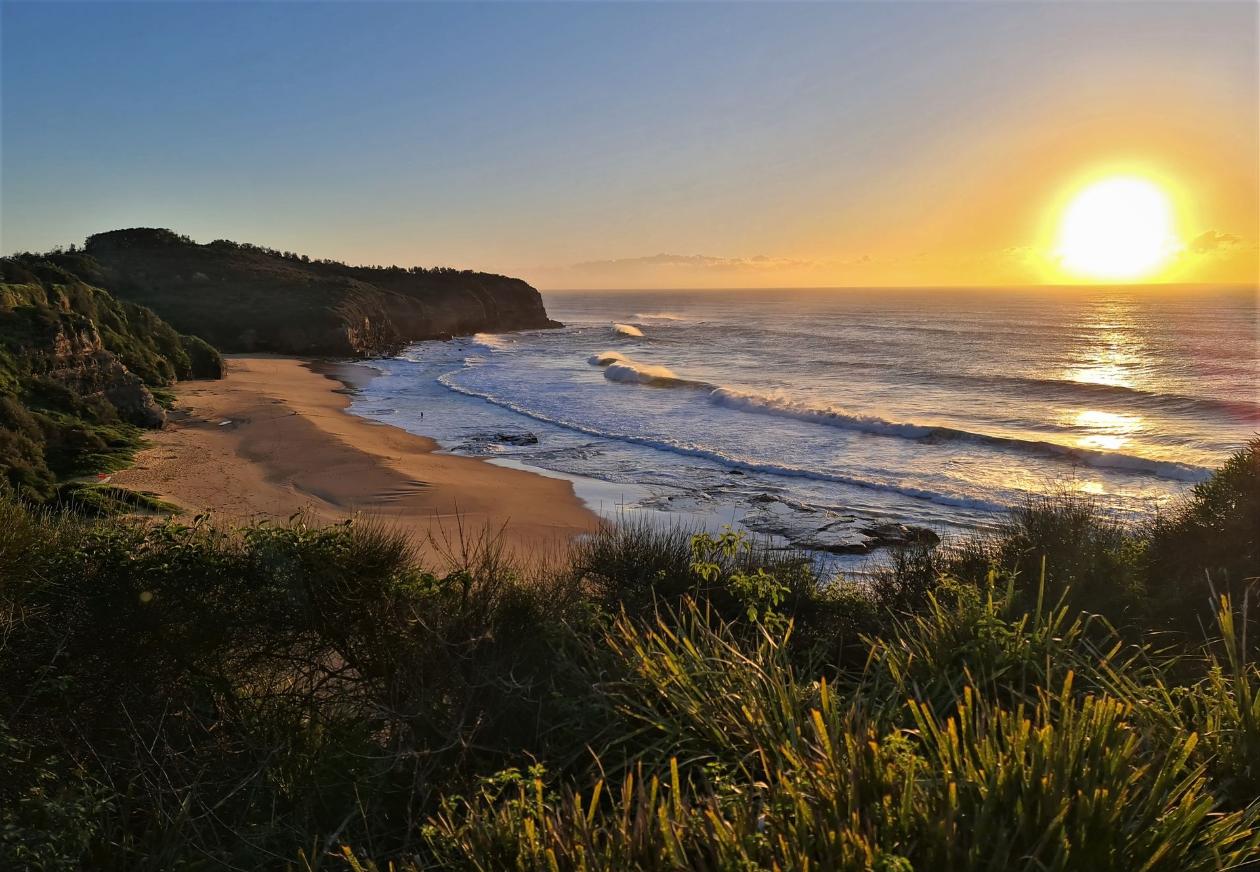
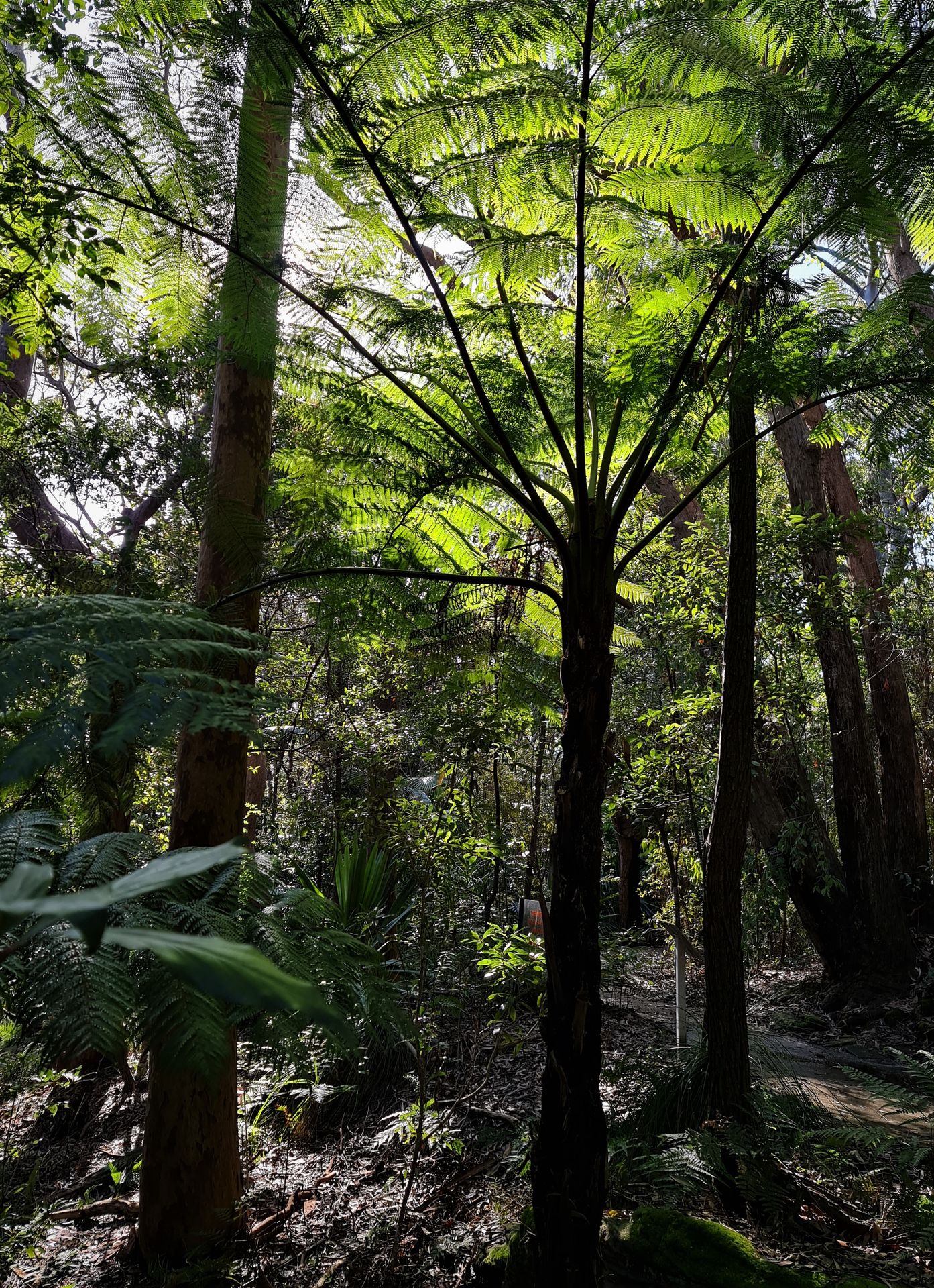

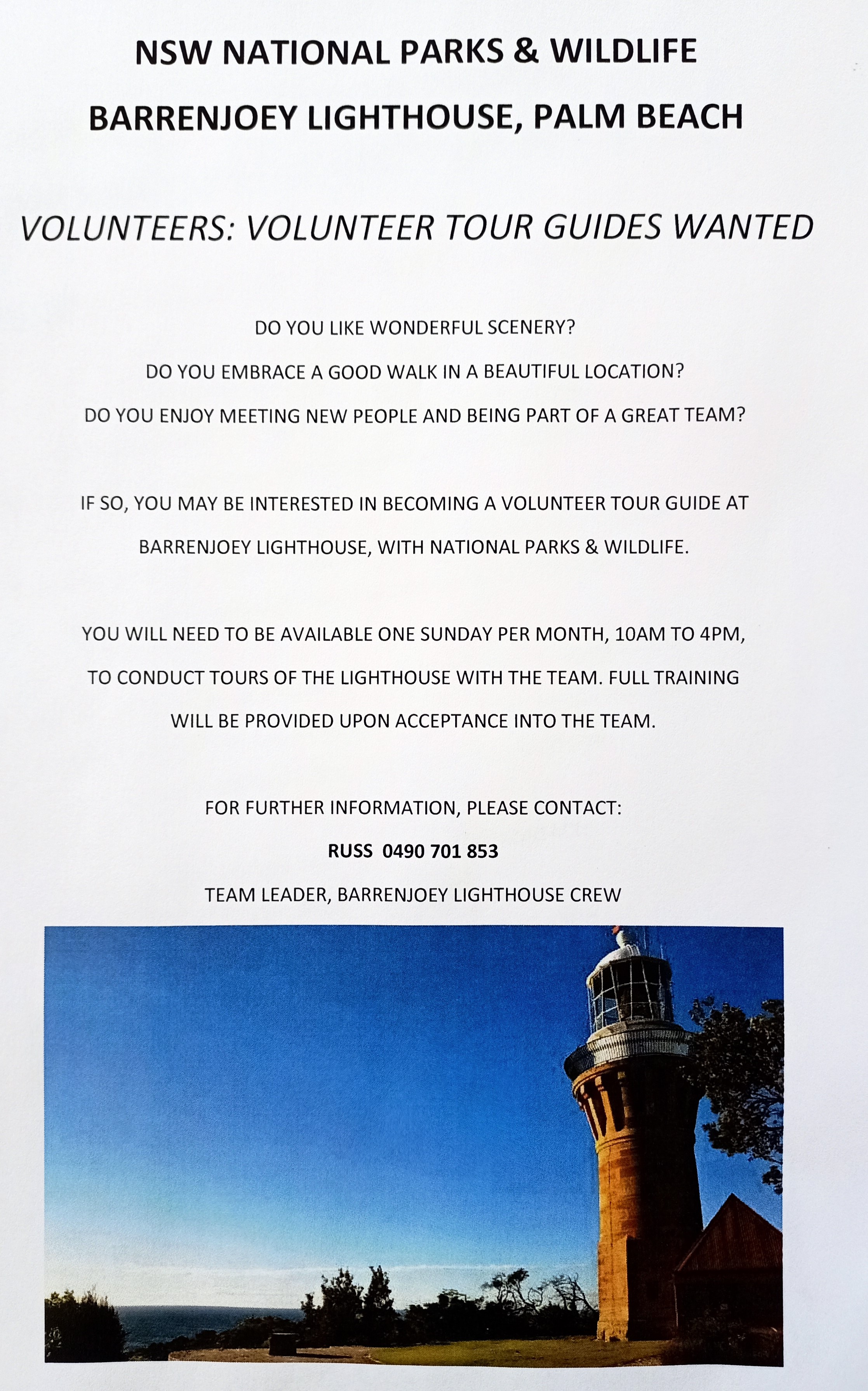
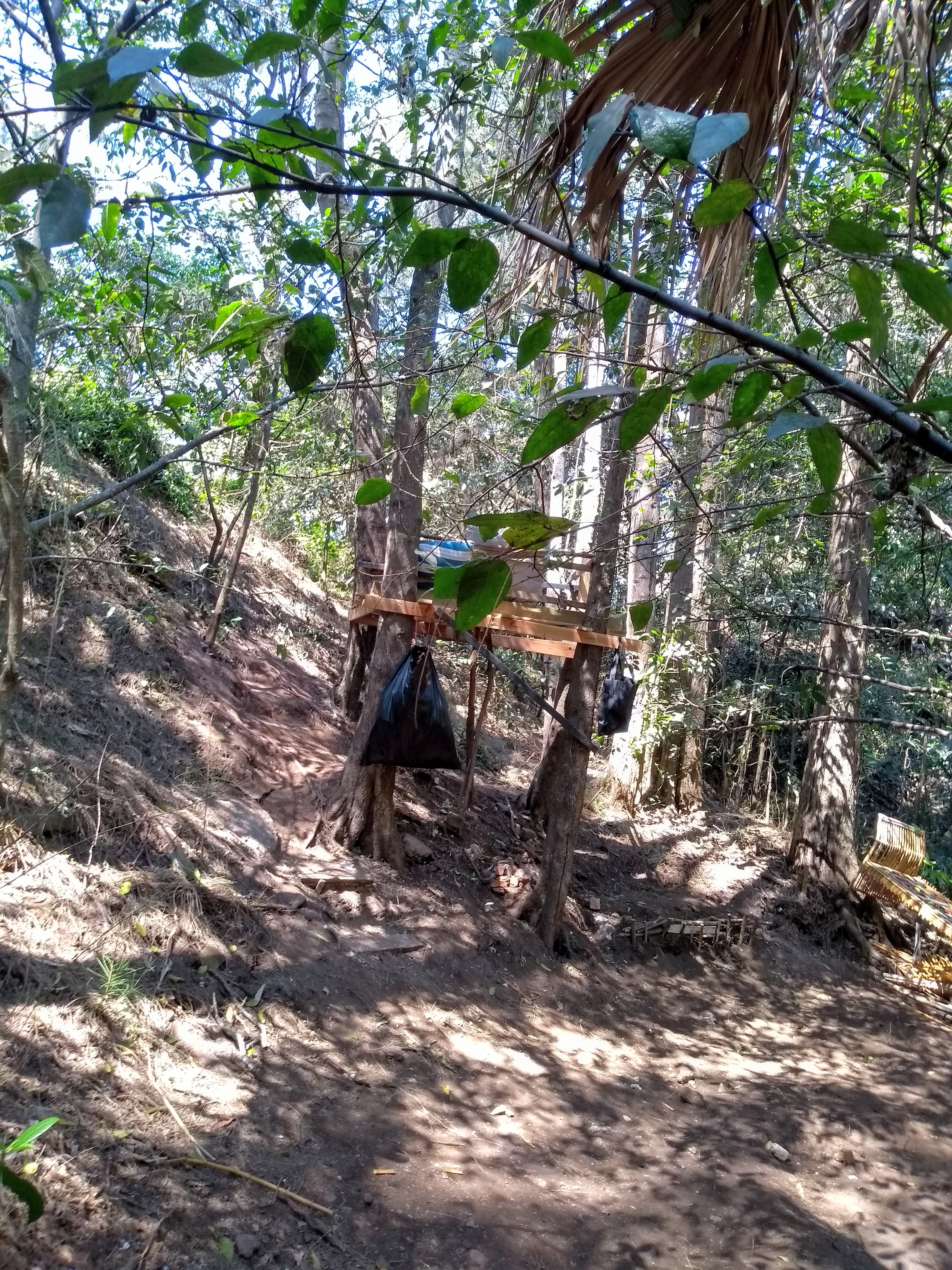
%20(1).jpg?timestamp=1675893929686)
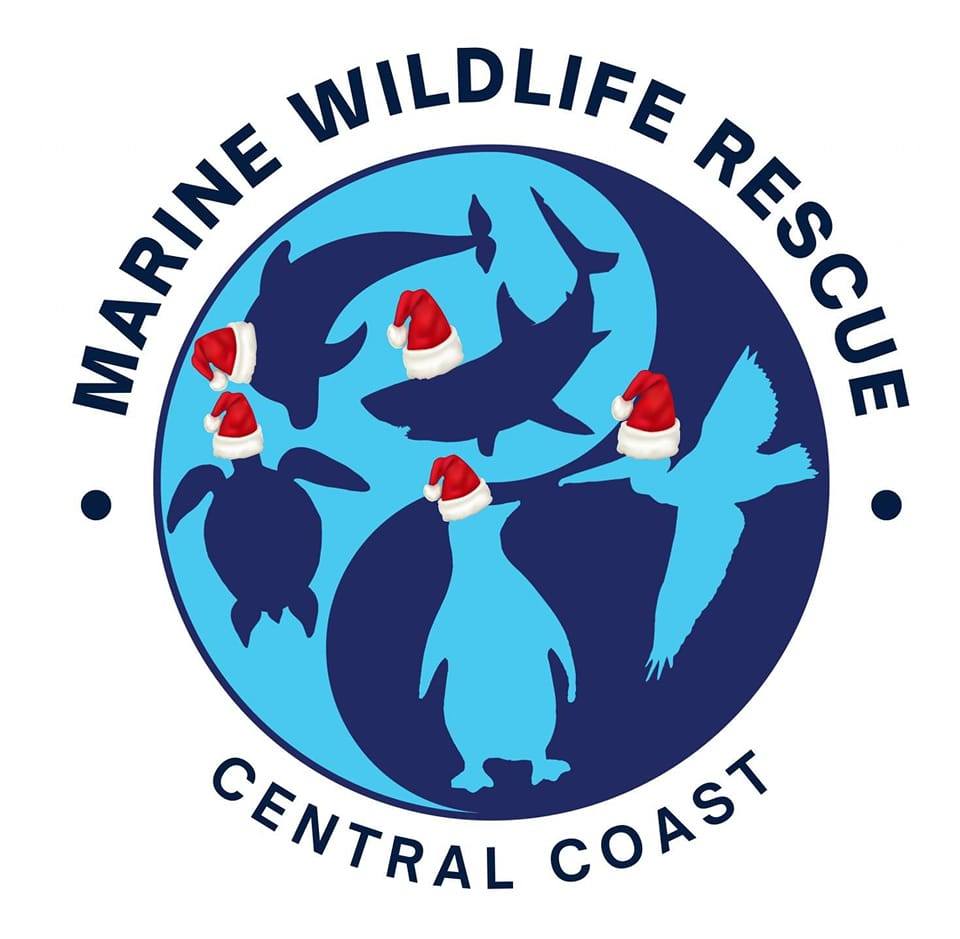
.JPG.opt1460x973o0,0s1460x973.jpg?timestamp=1663629195339)
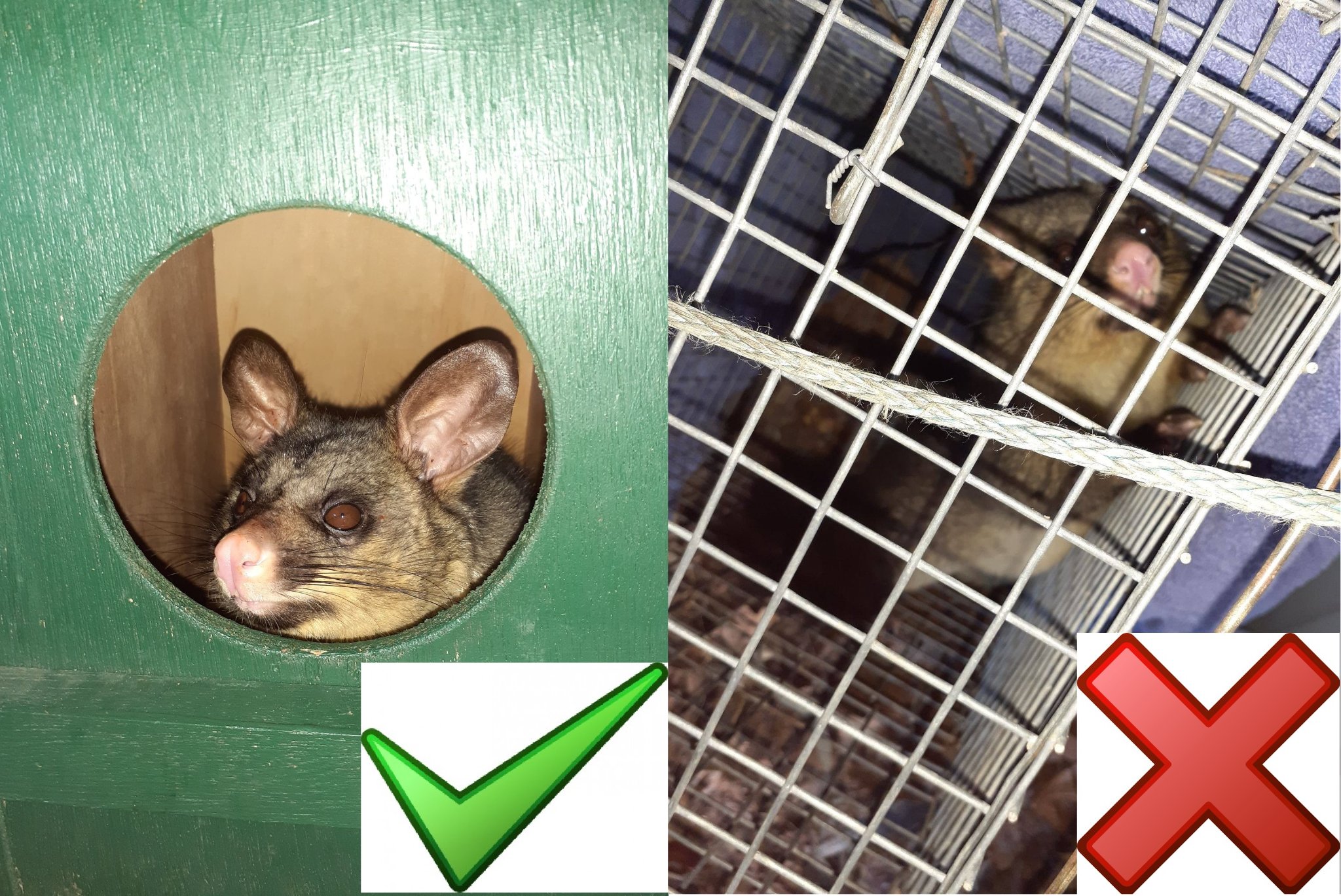

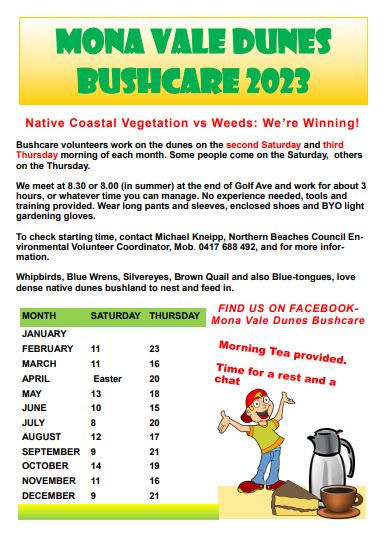




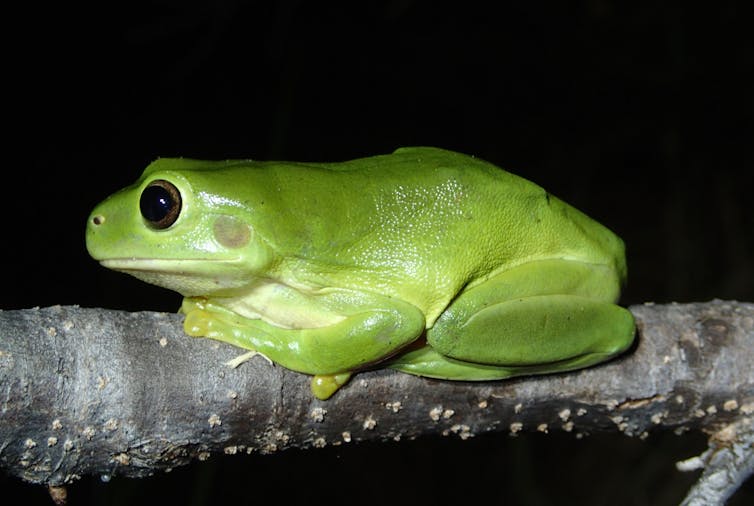
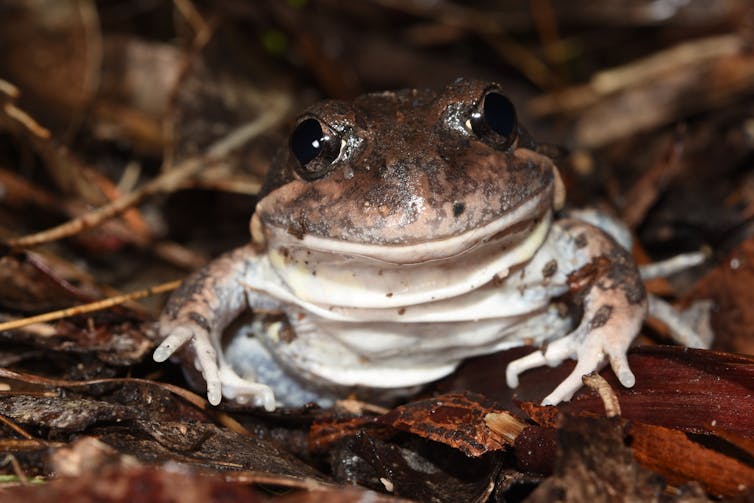
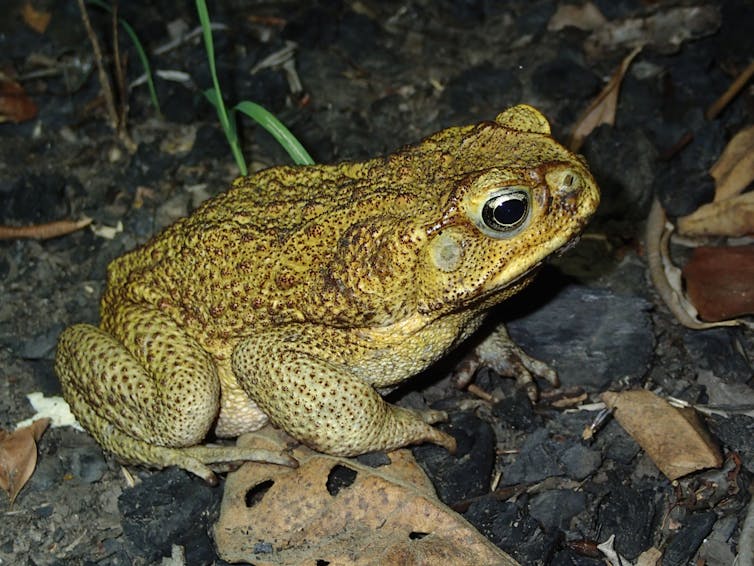
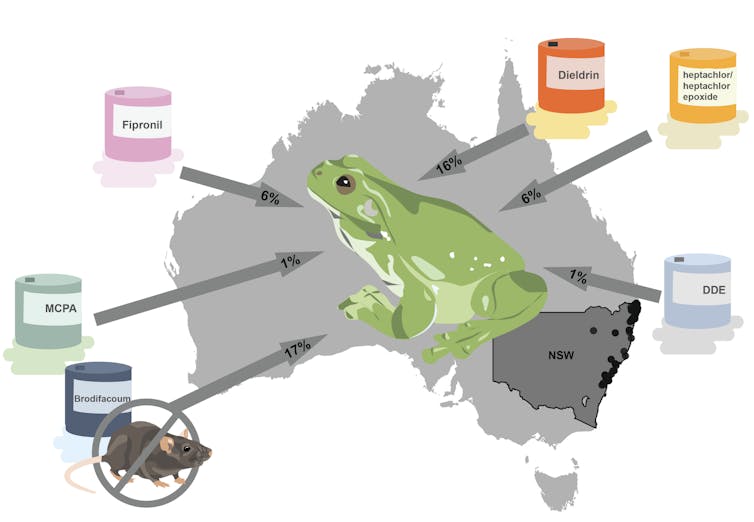
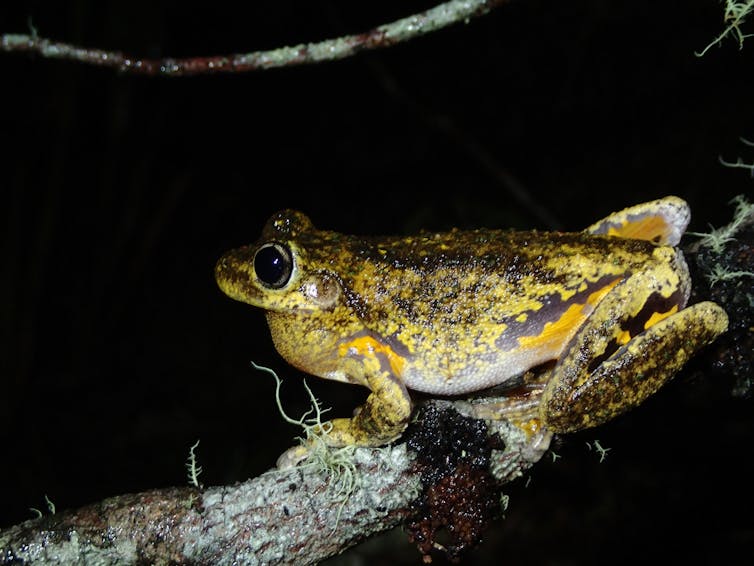
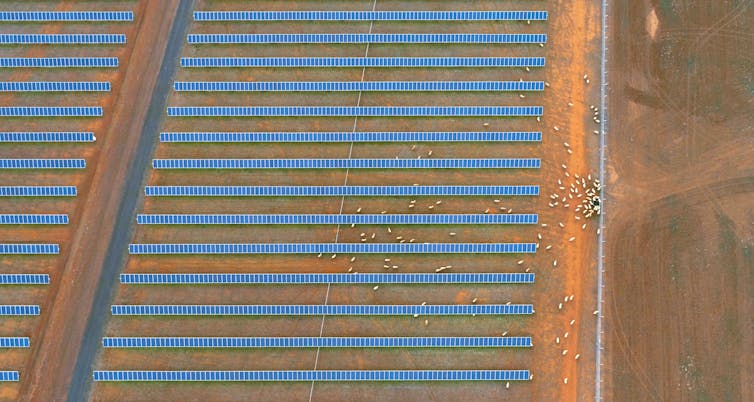
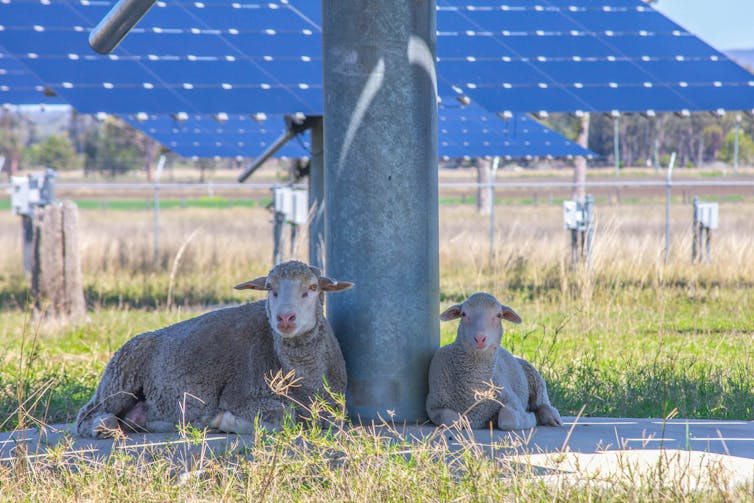
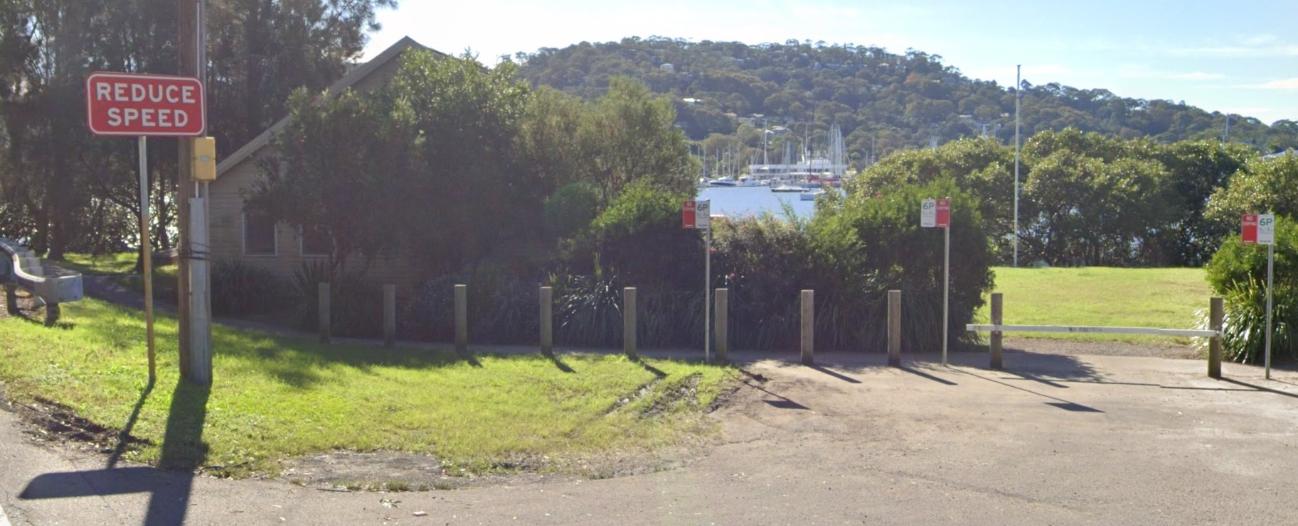










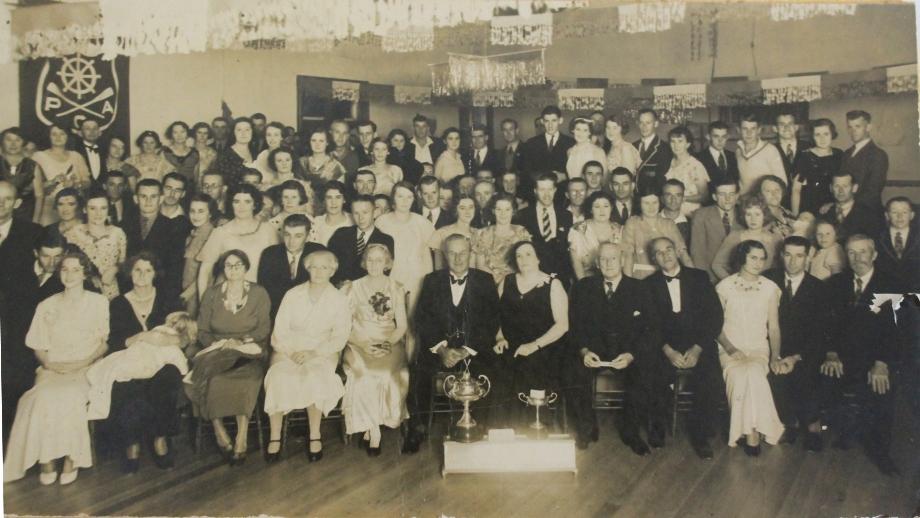




.jpg?timestamp=1714703591692)
.jpg?timestamp=1714703616799)
.jpg?timestamp=1714703650539)

.jpg?timestamp=1714703679666)
.jpg?timestamp=1714703737076)
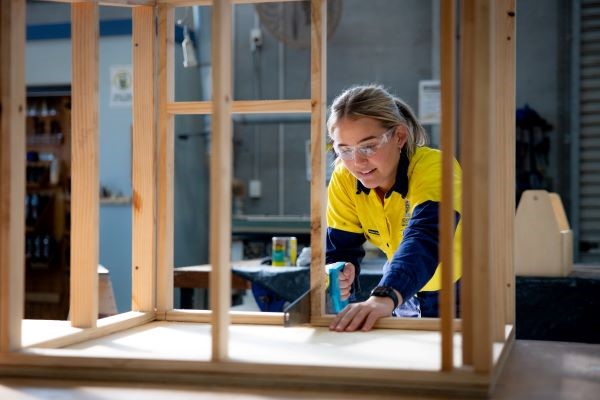
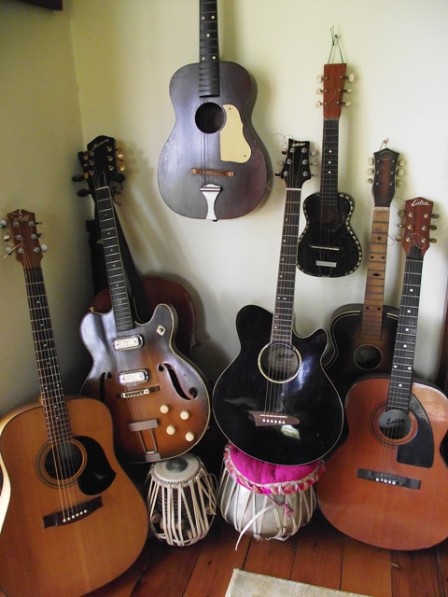
 Musicians and artists are set to receive a boost under the NSW Government with the opening of grants focused on rebuilding the NSW touring circuit.
Musicians and artists are set to receive a boost under the NSW Government with the opening of grants focused on rebuilding the NSW touring circuit.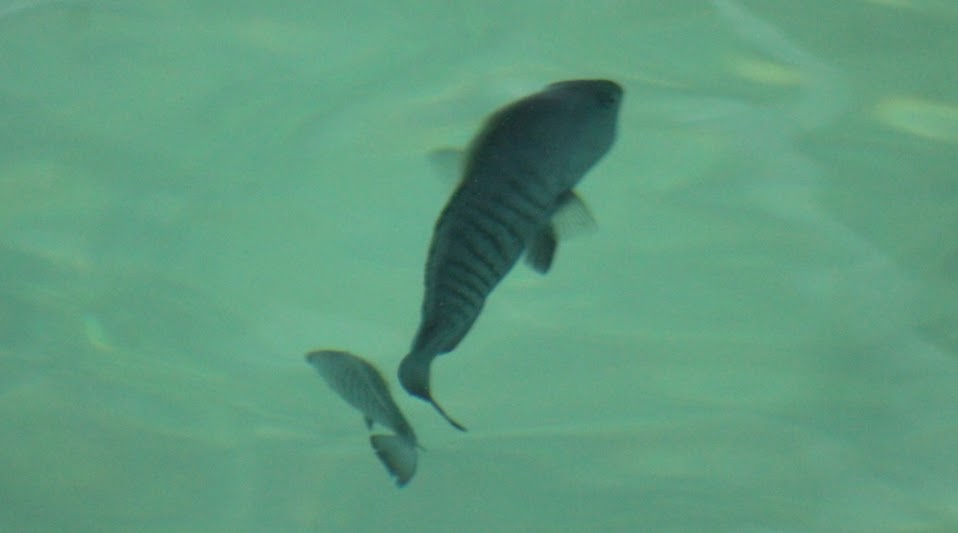





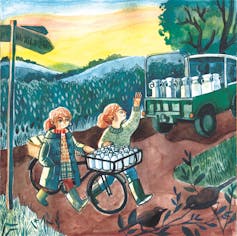

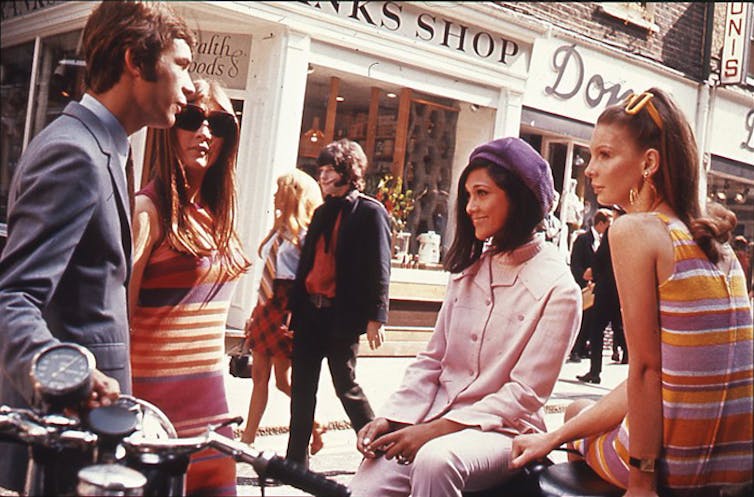
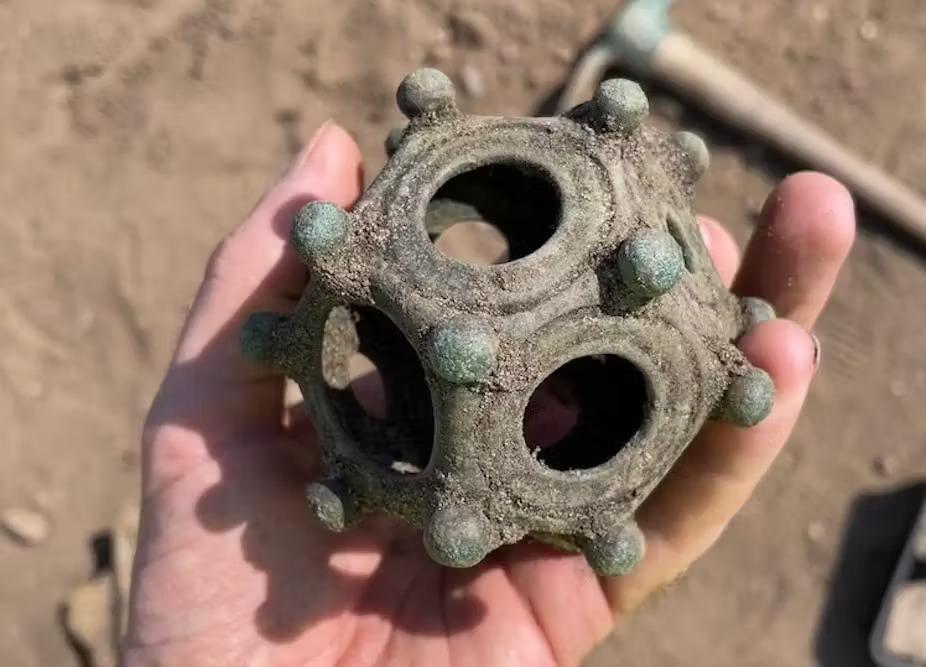









.png?timestamp=1714090453996) Alan Marshall AM, (2 May 1902 – 21 January 1984) was an Australian writer, story teller, humanist and social documenter.
Alan Marshall AM, (2 May 1902 – 21 January 1984) was an Australian writer, story teller, humanist and social documenter.
